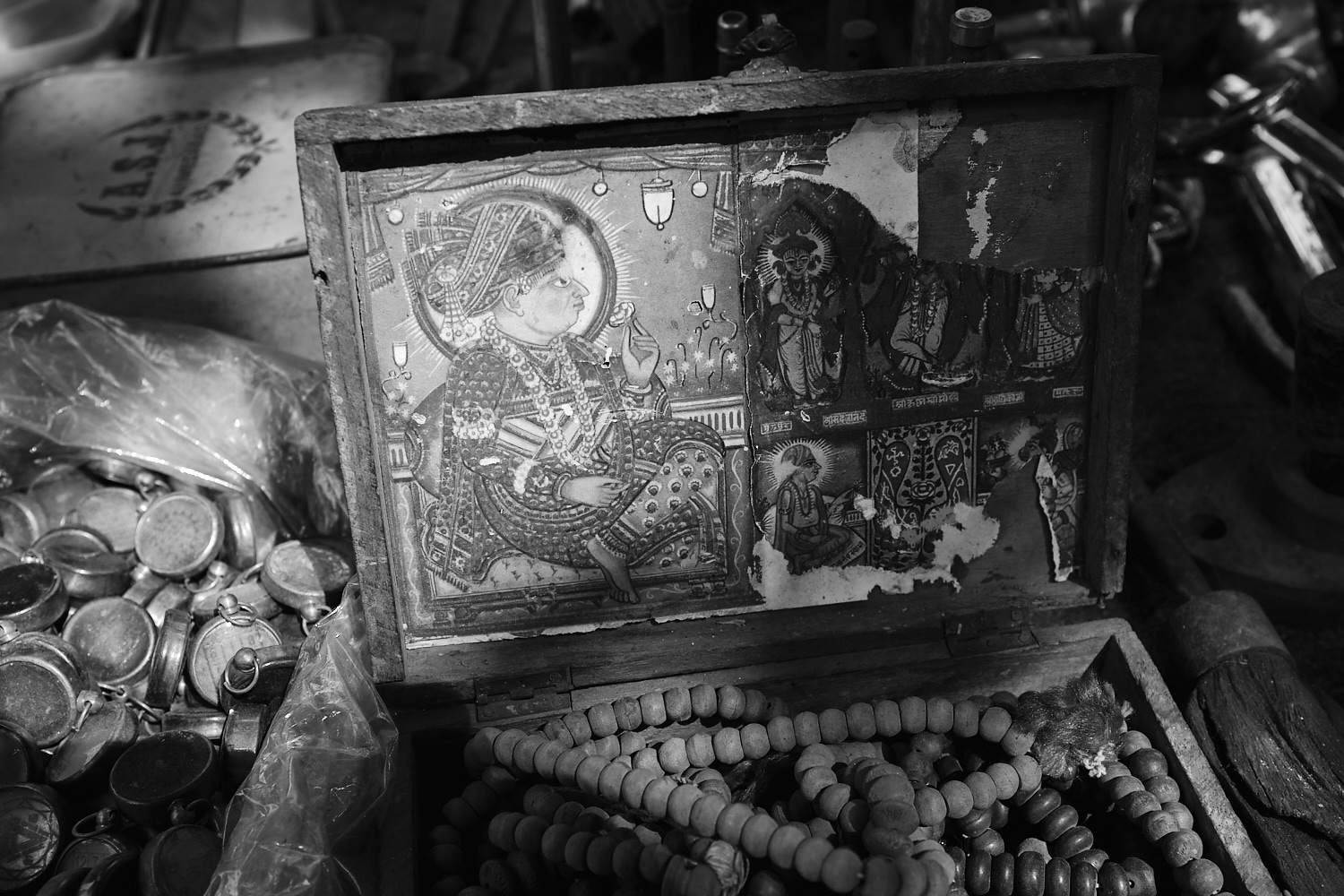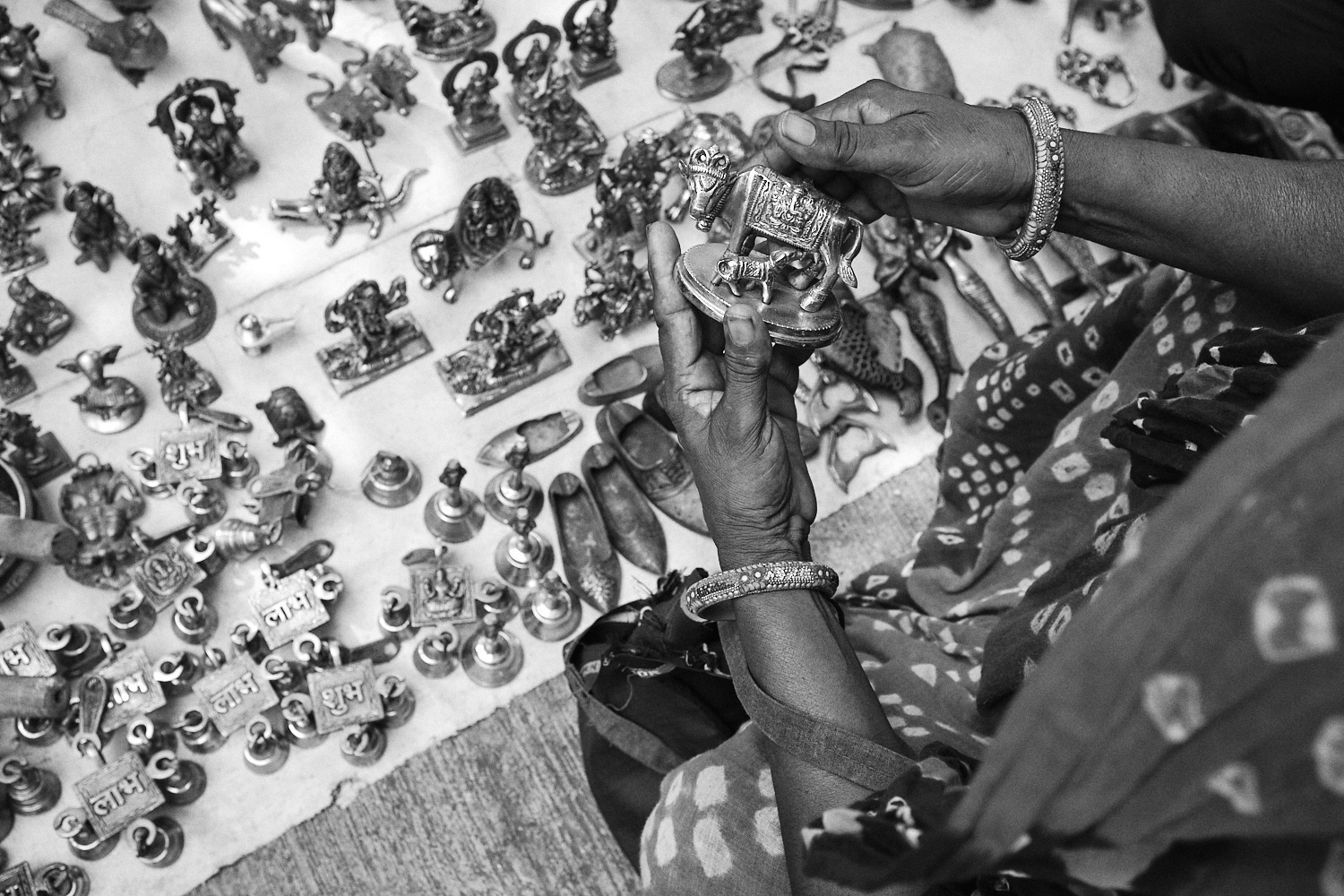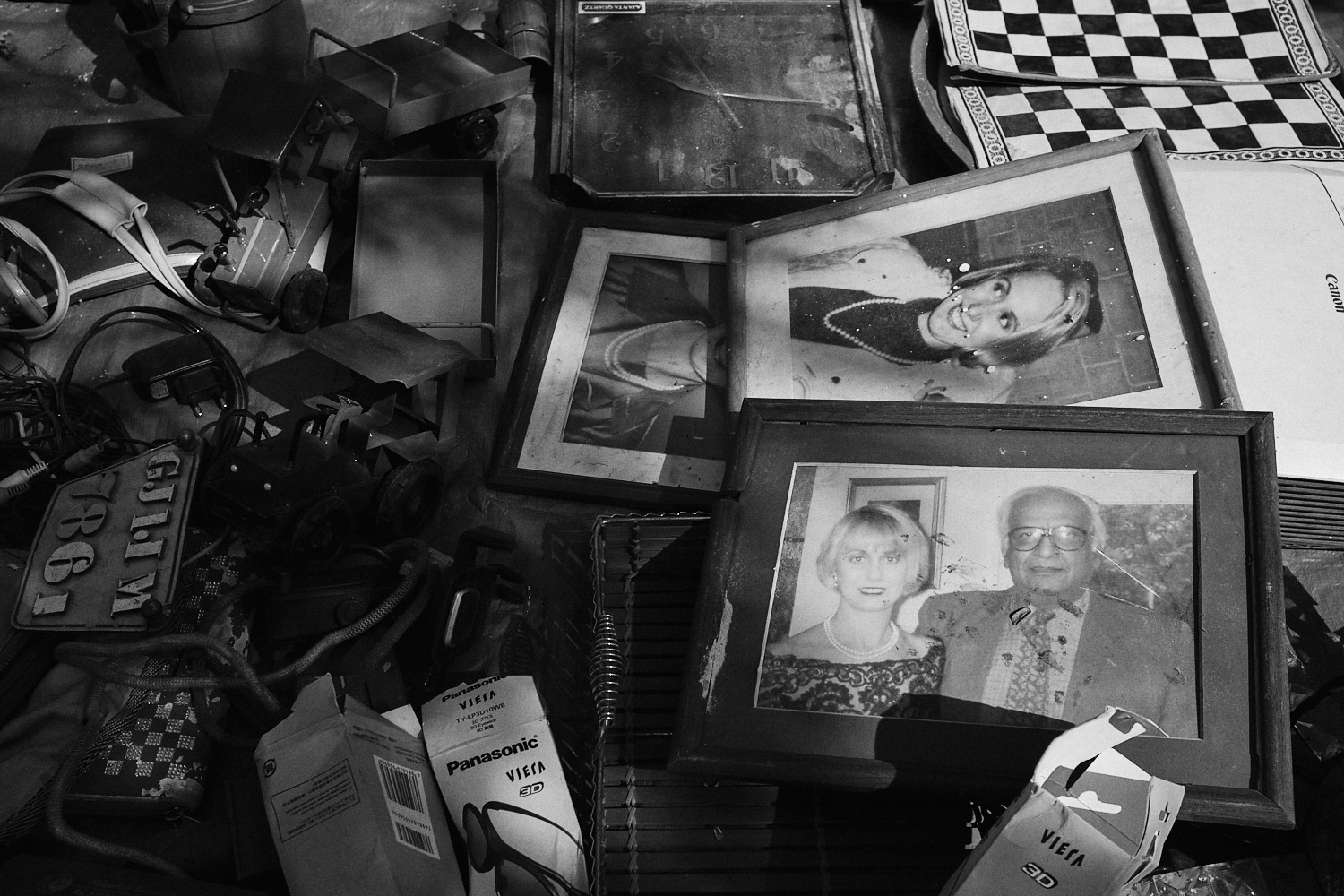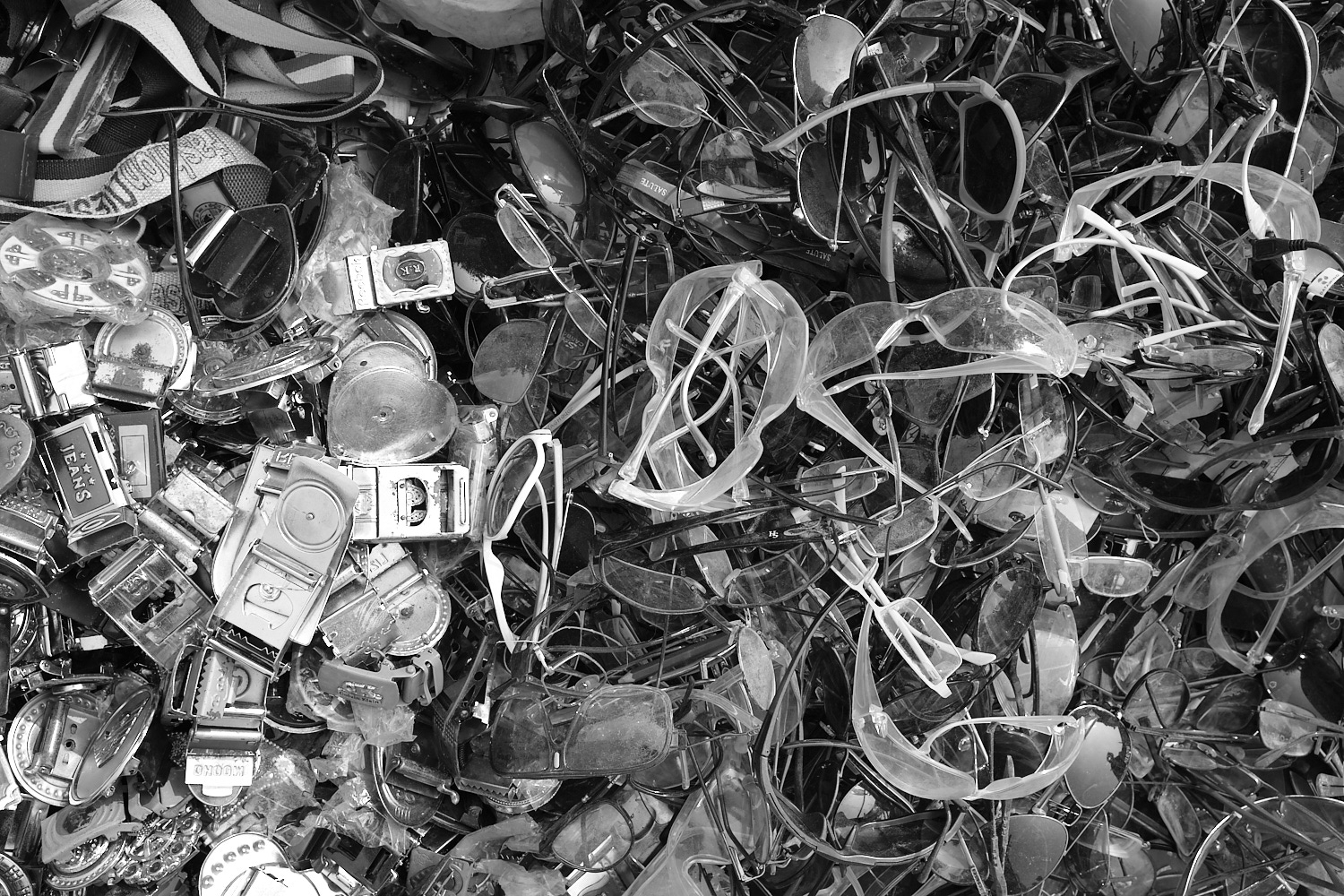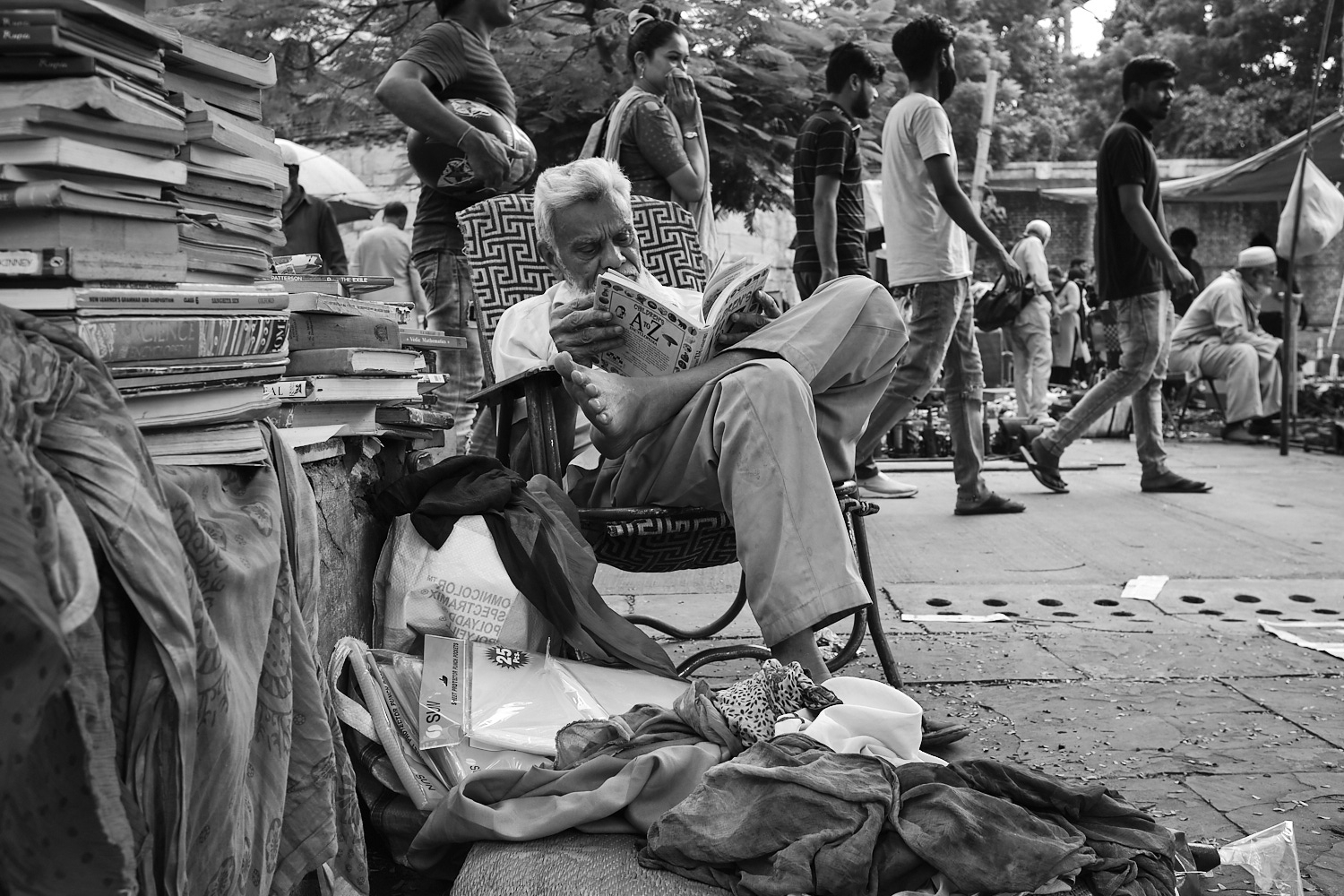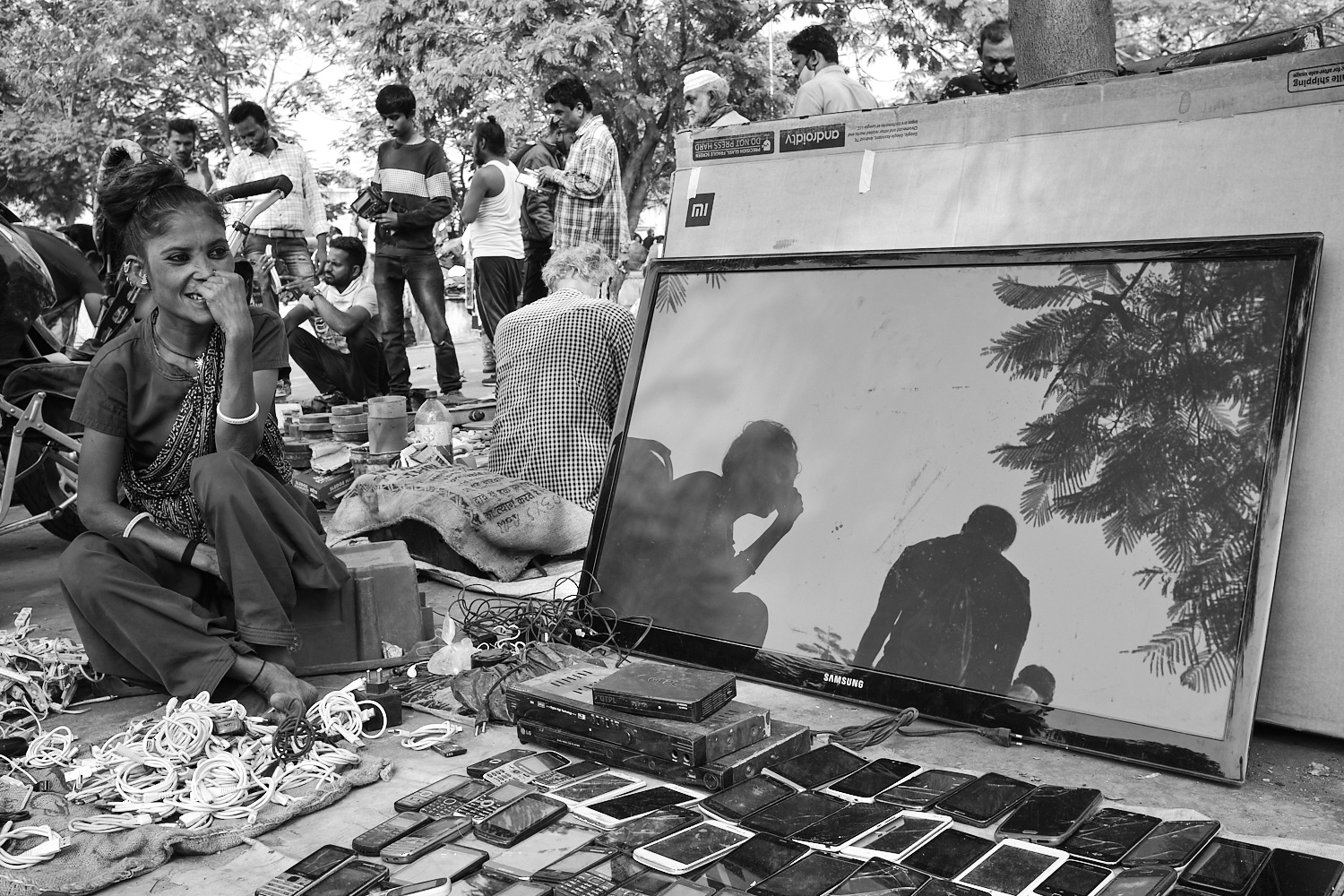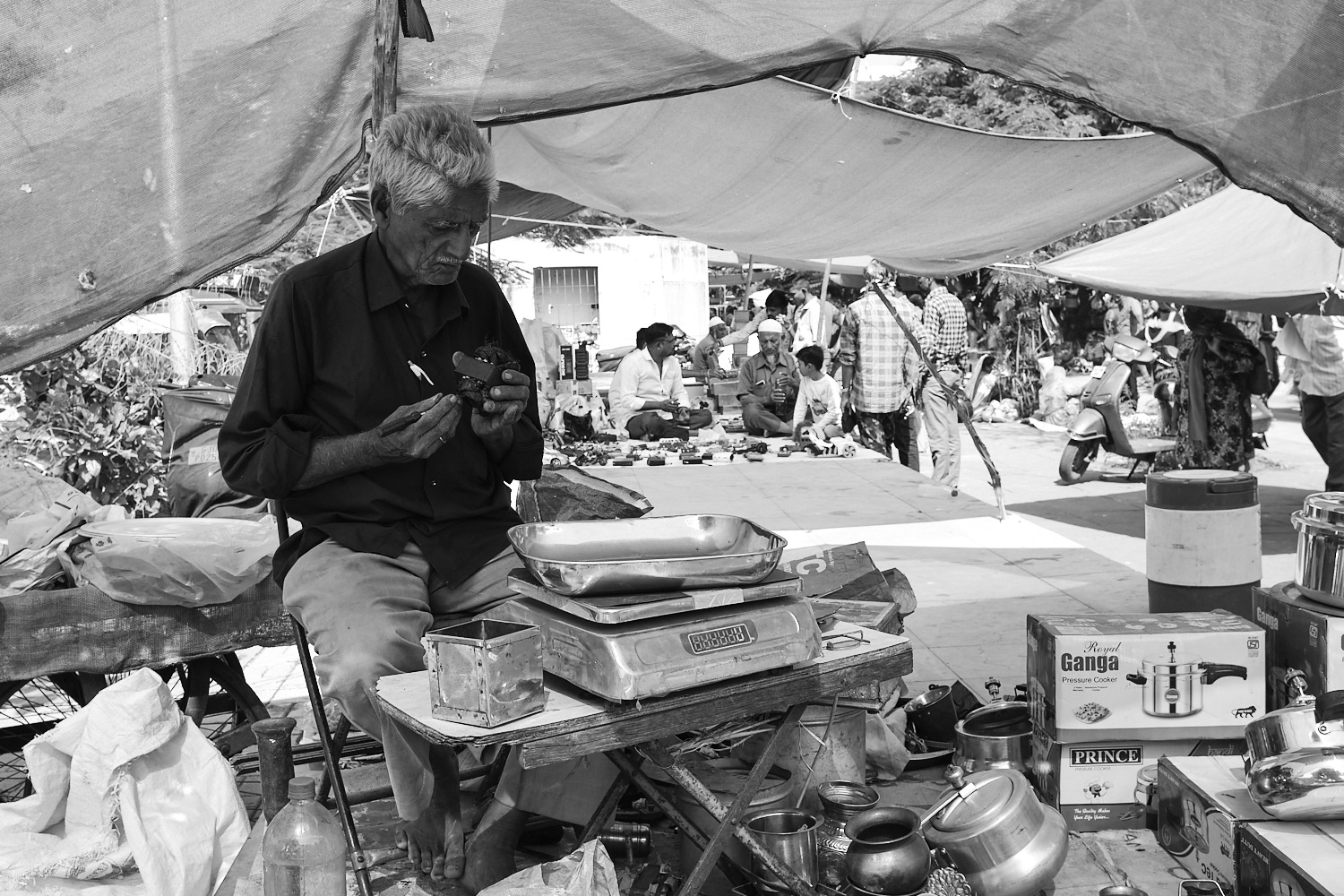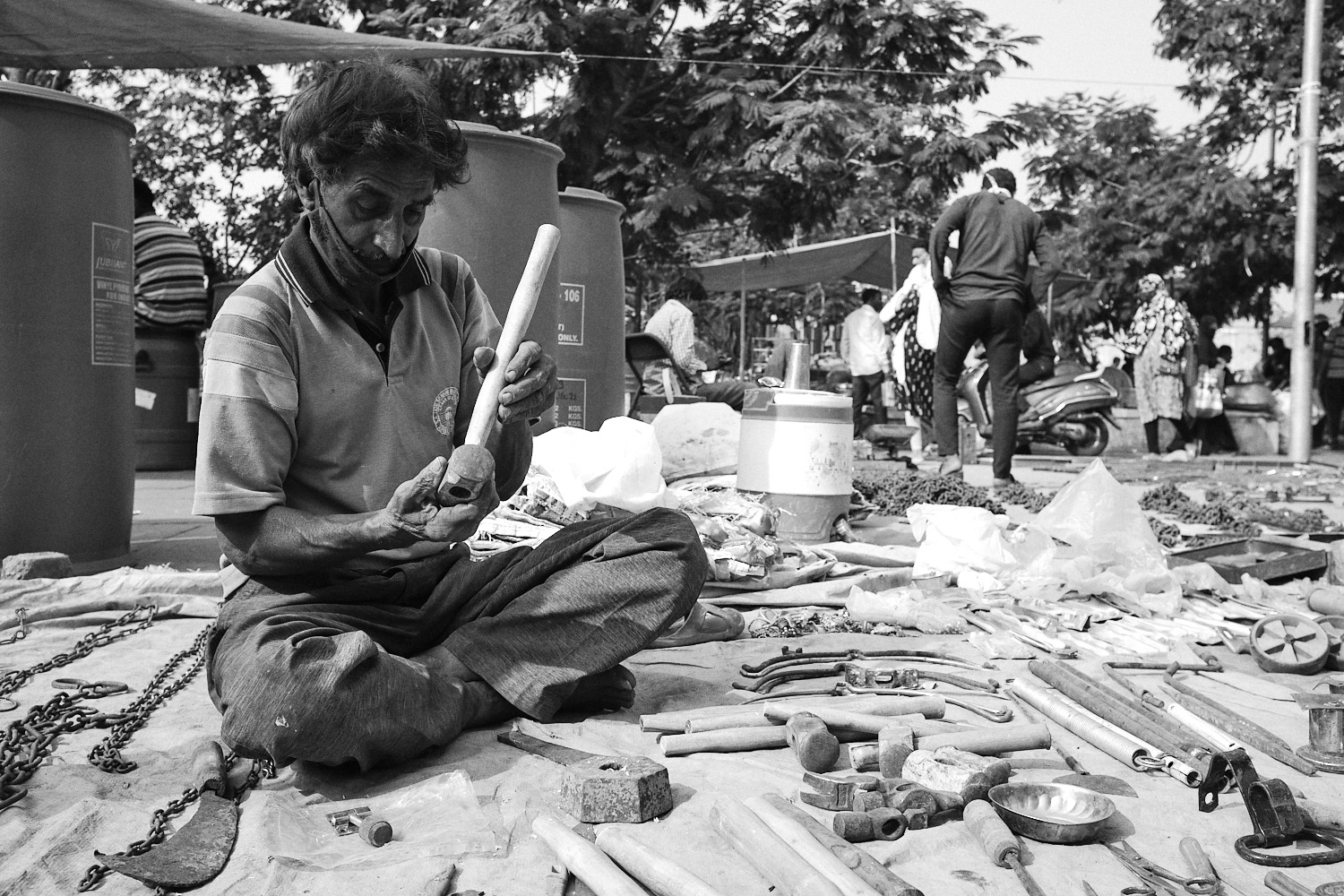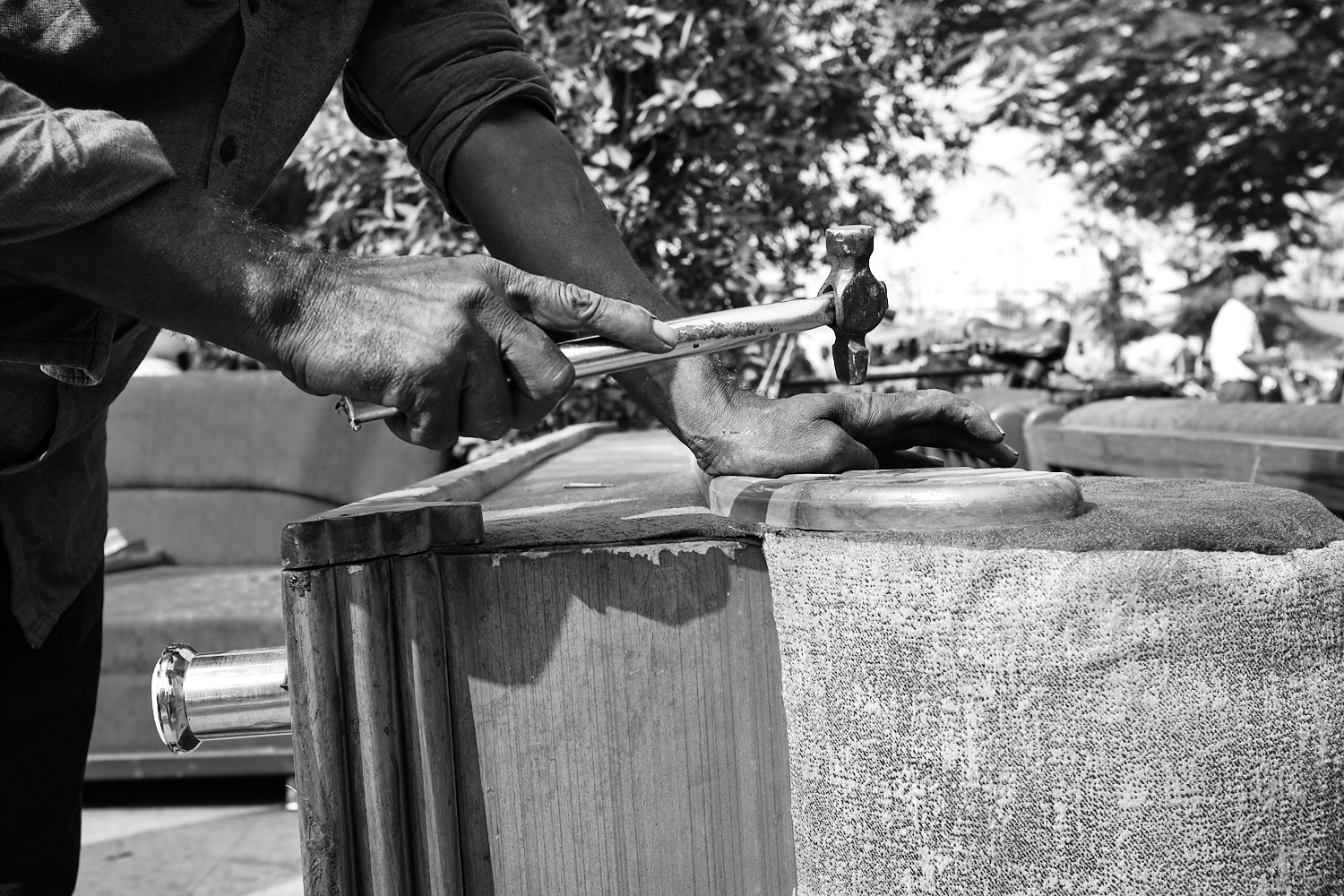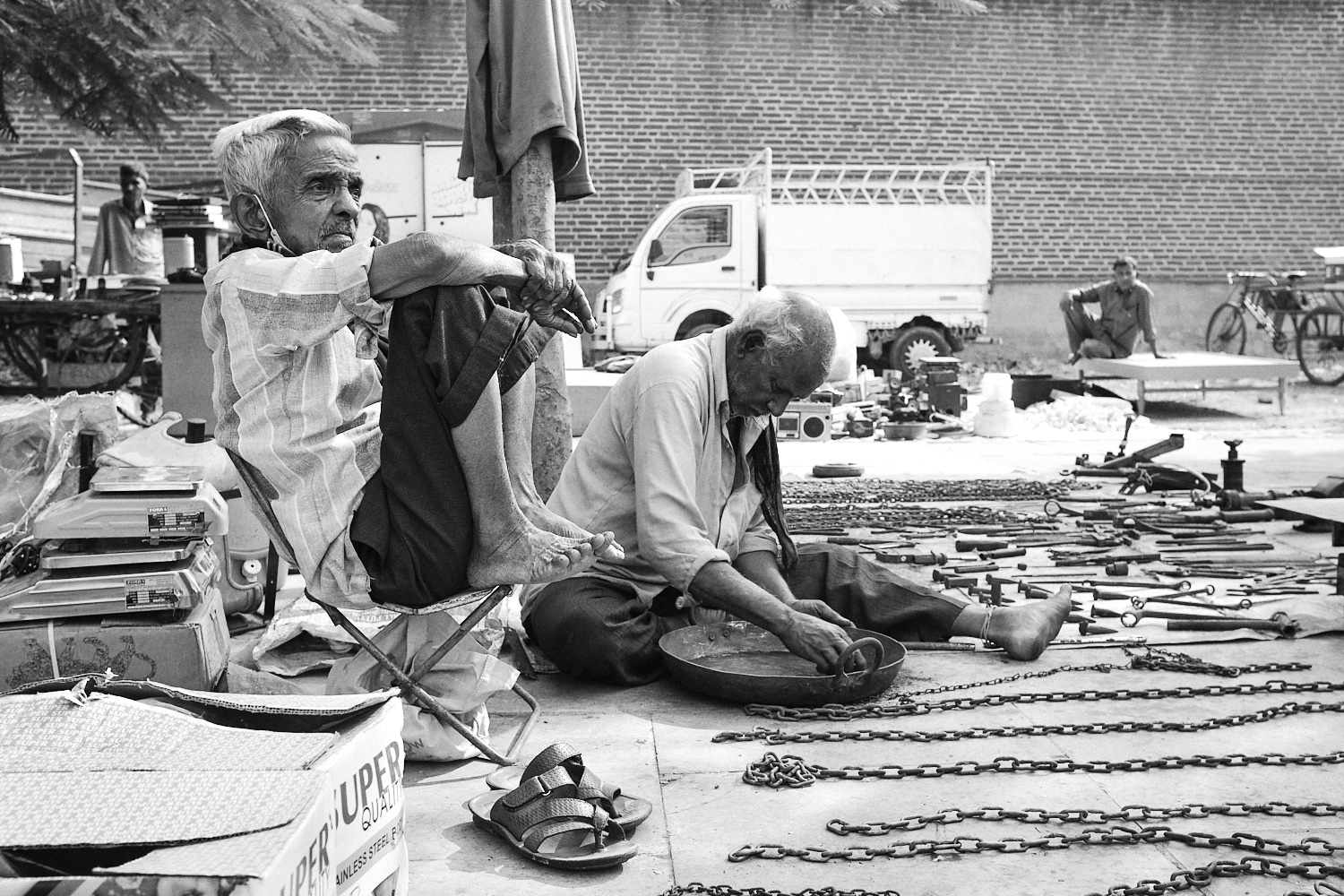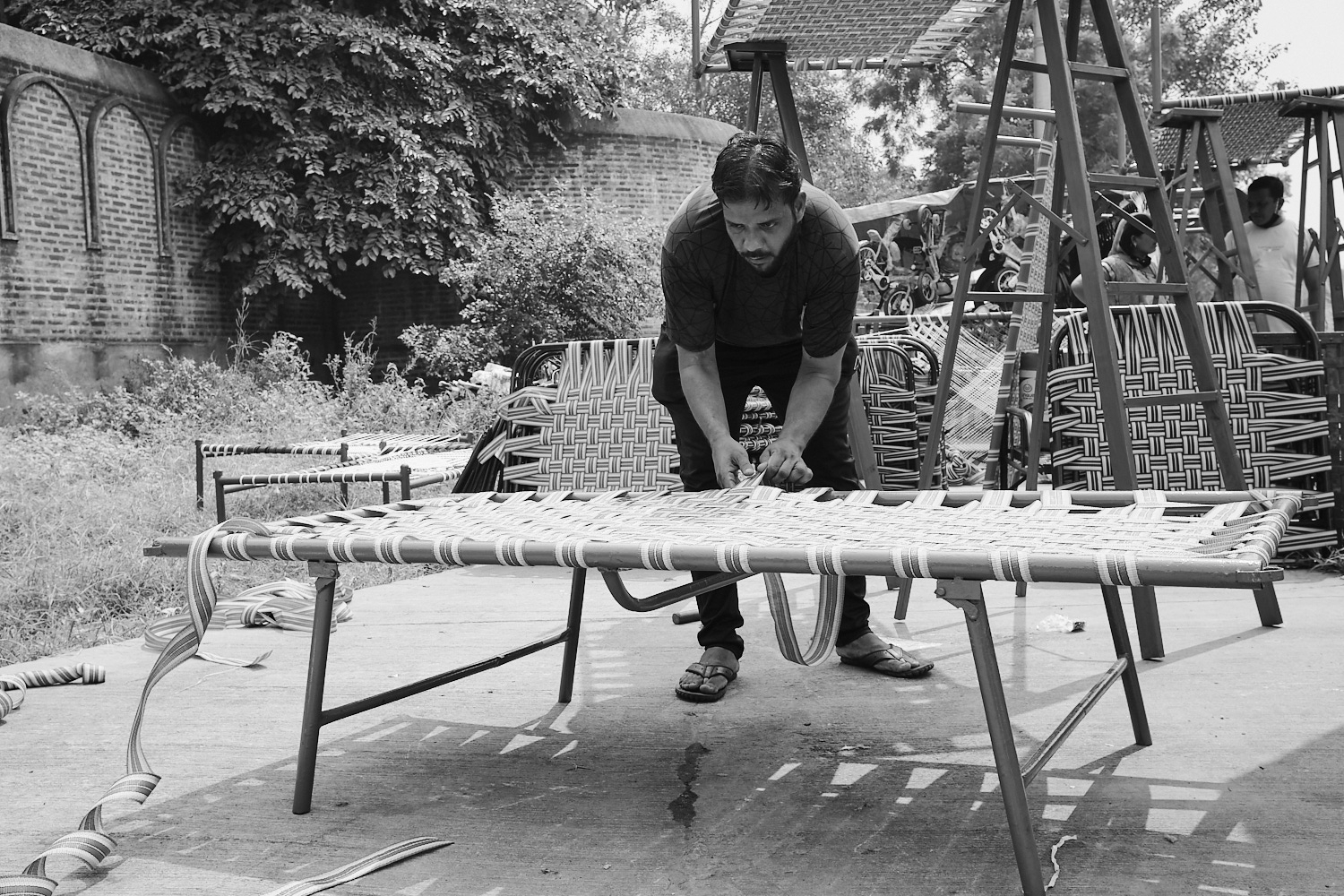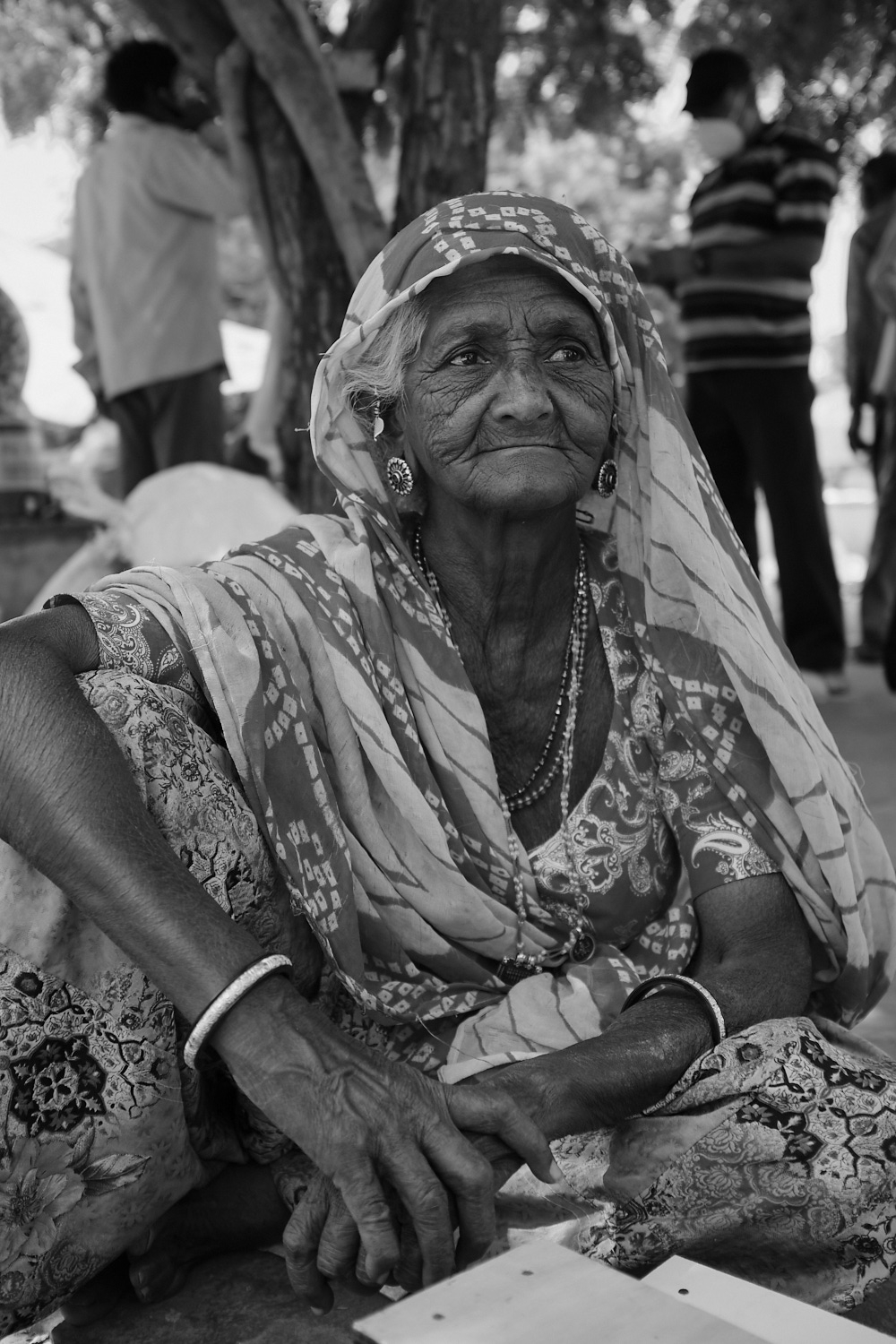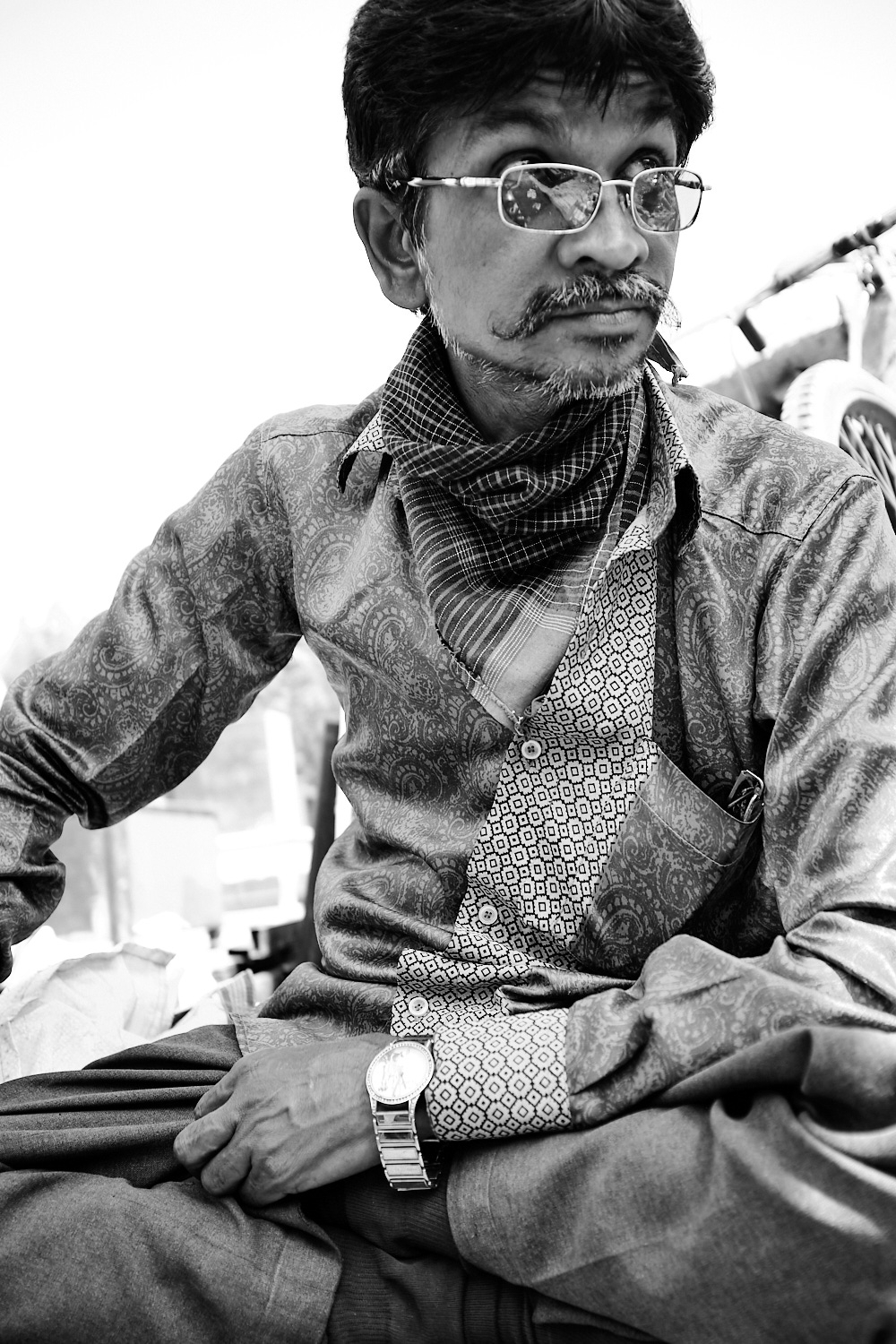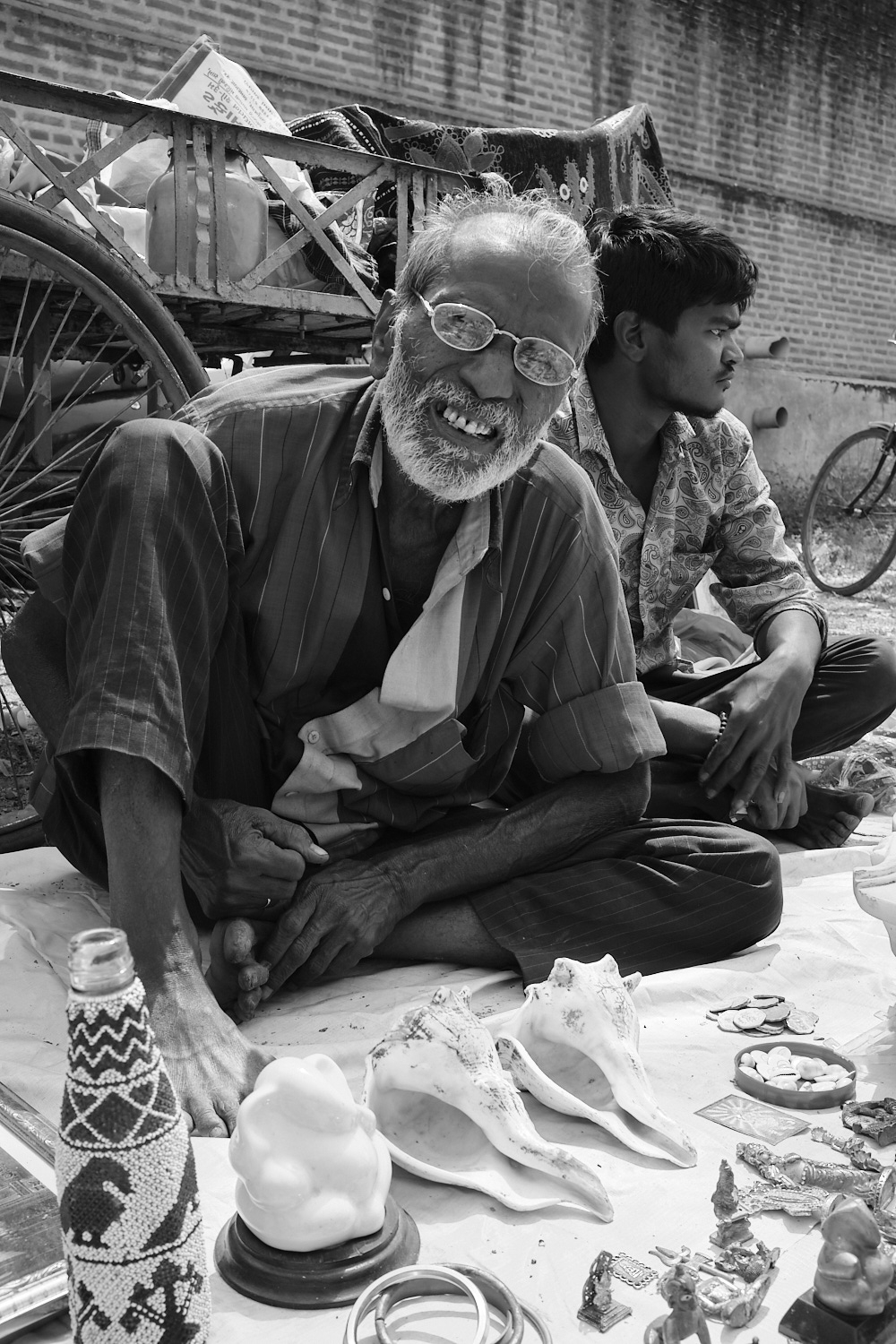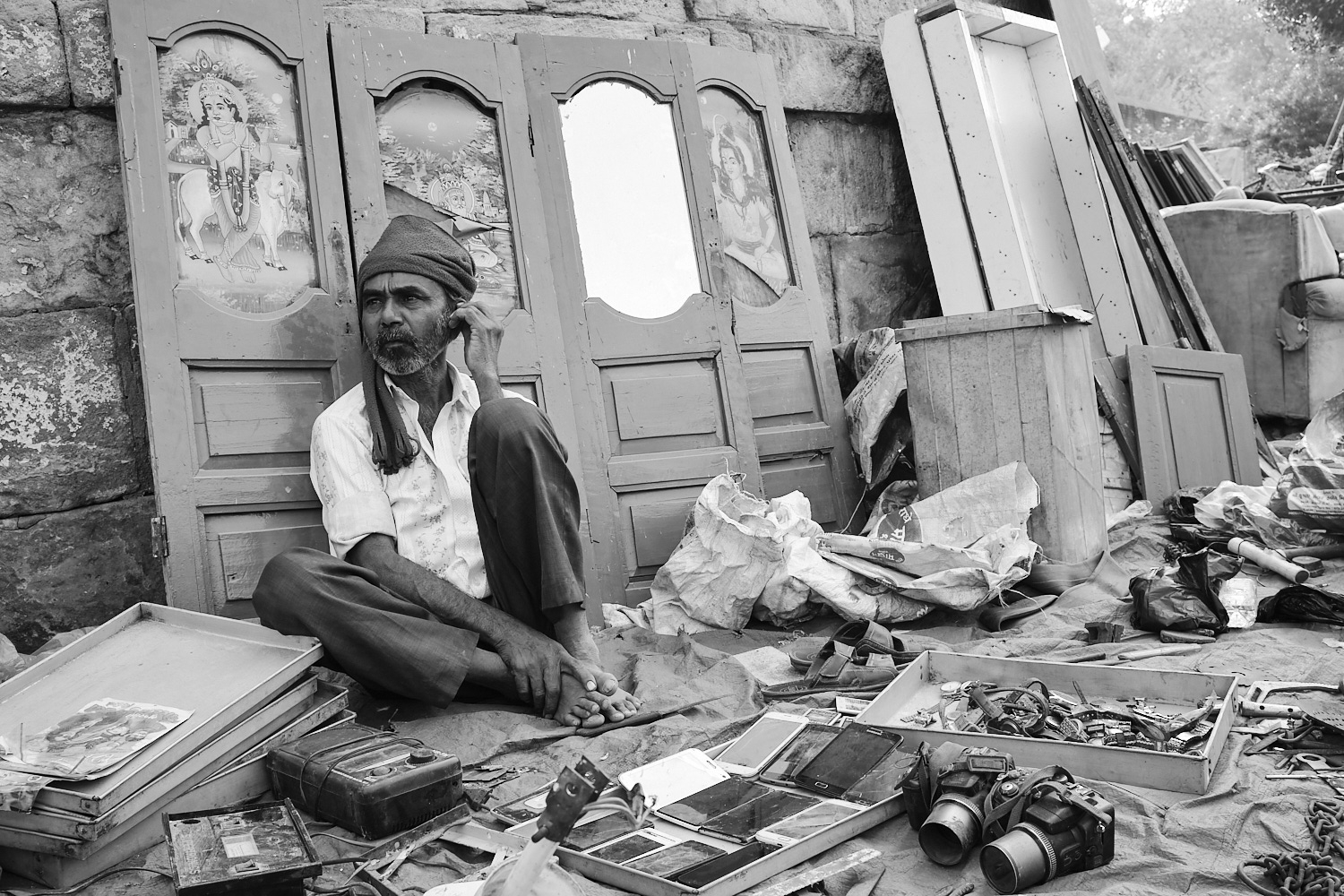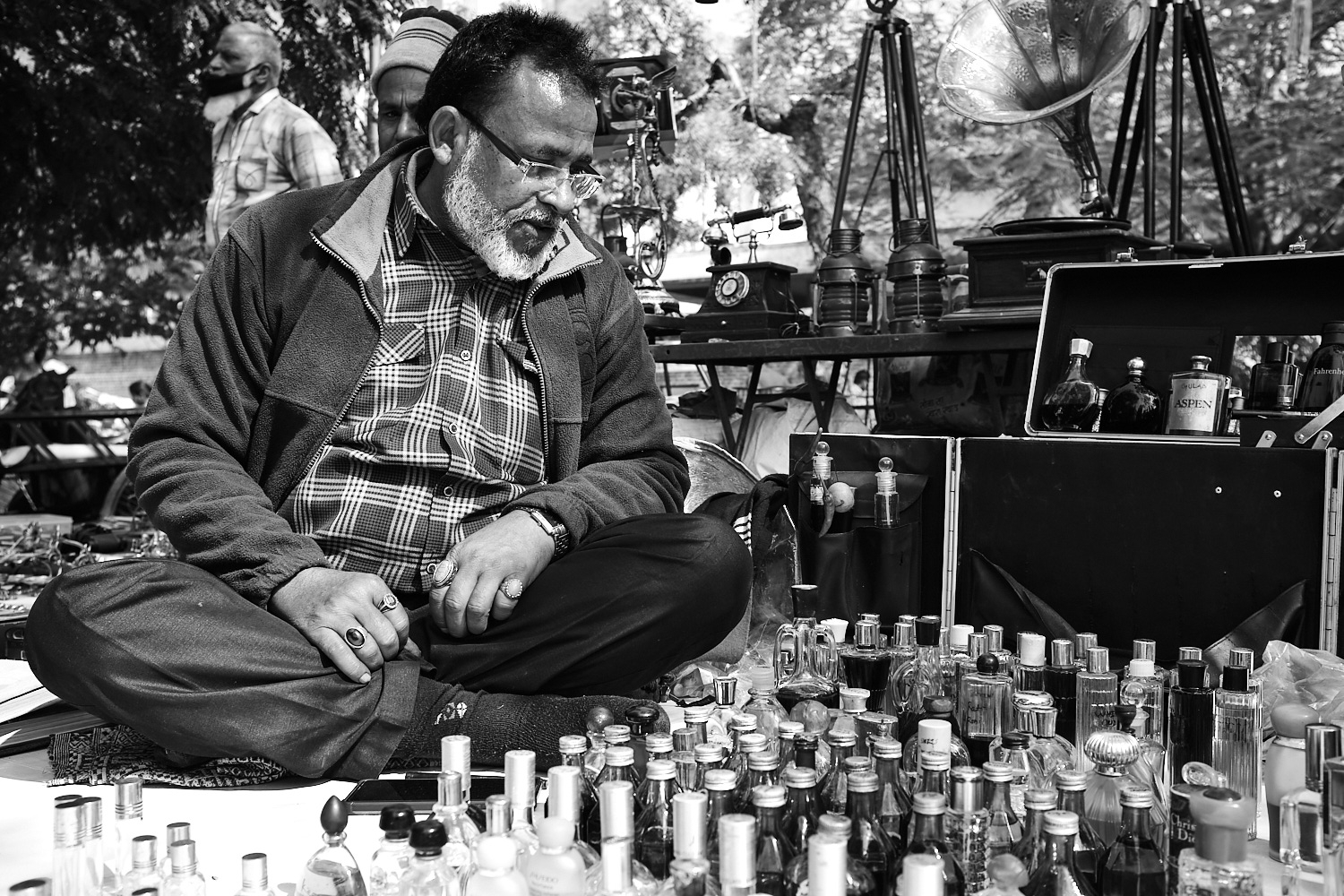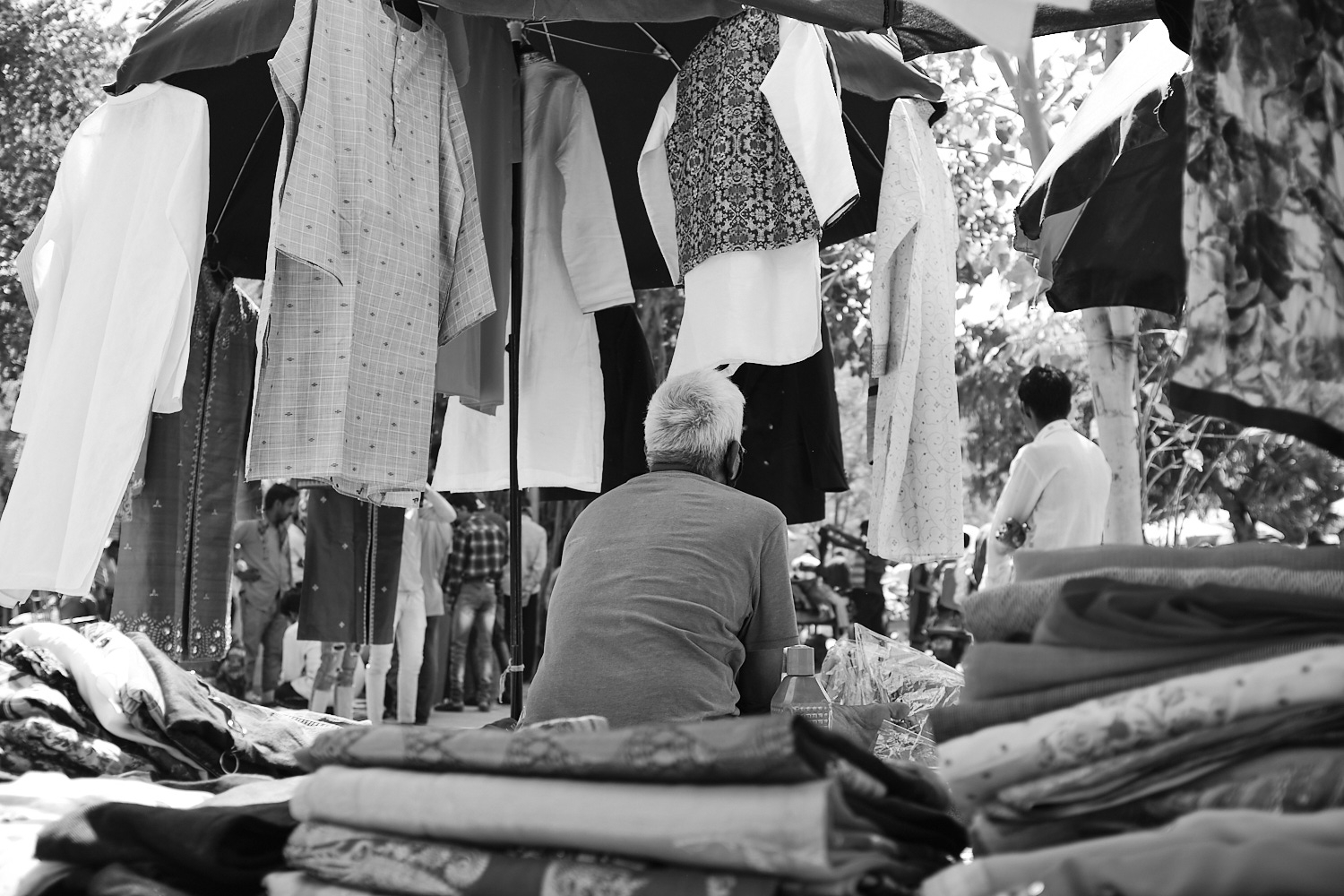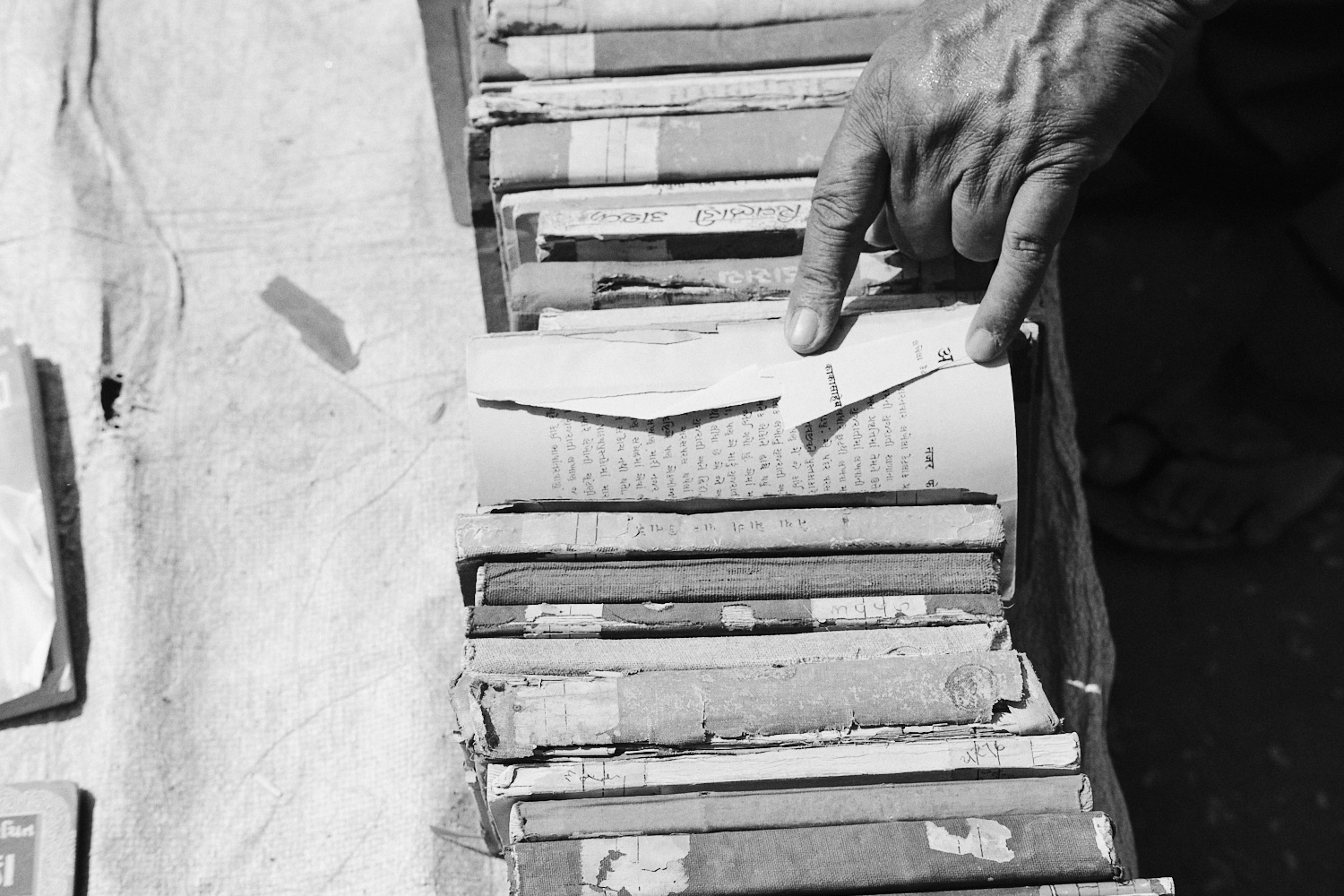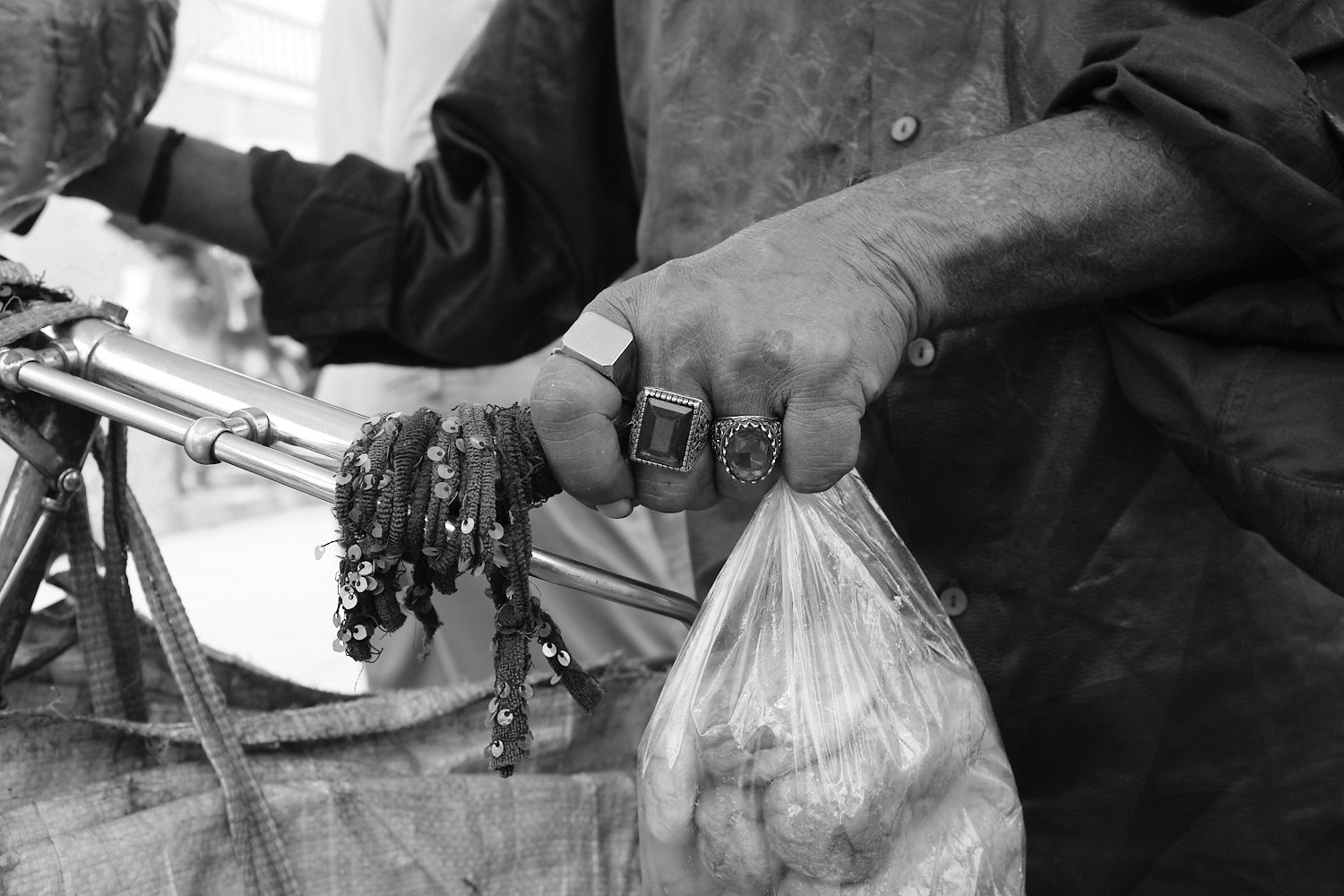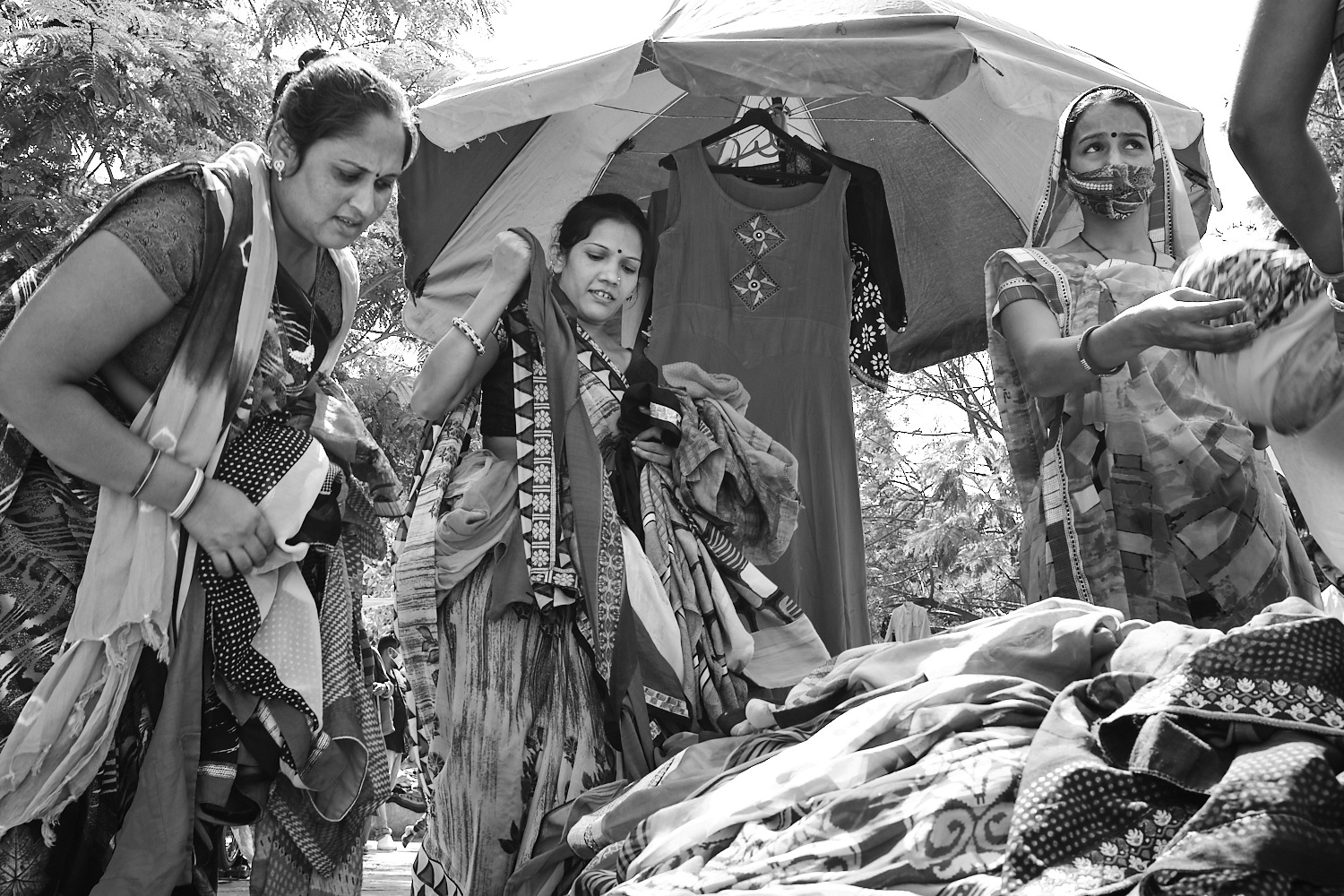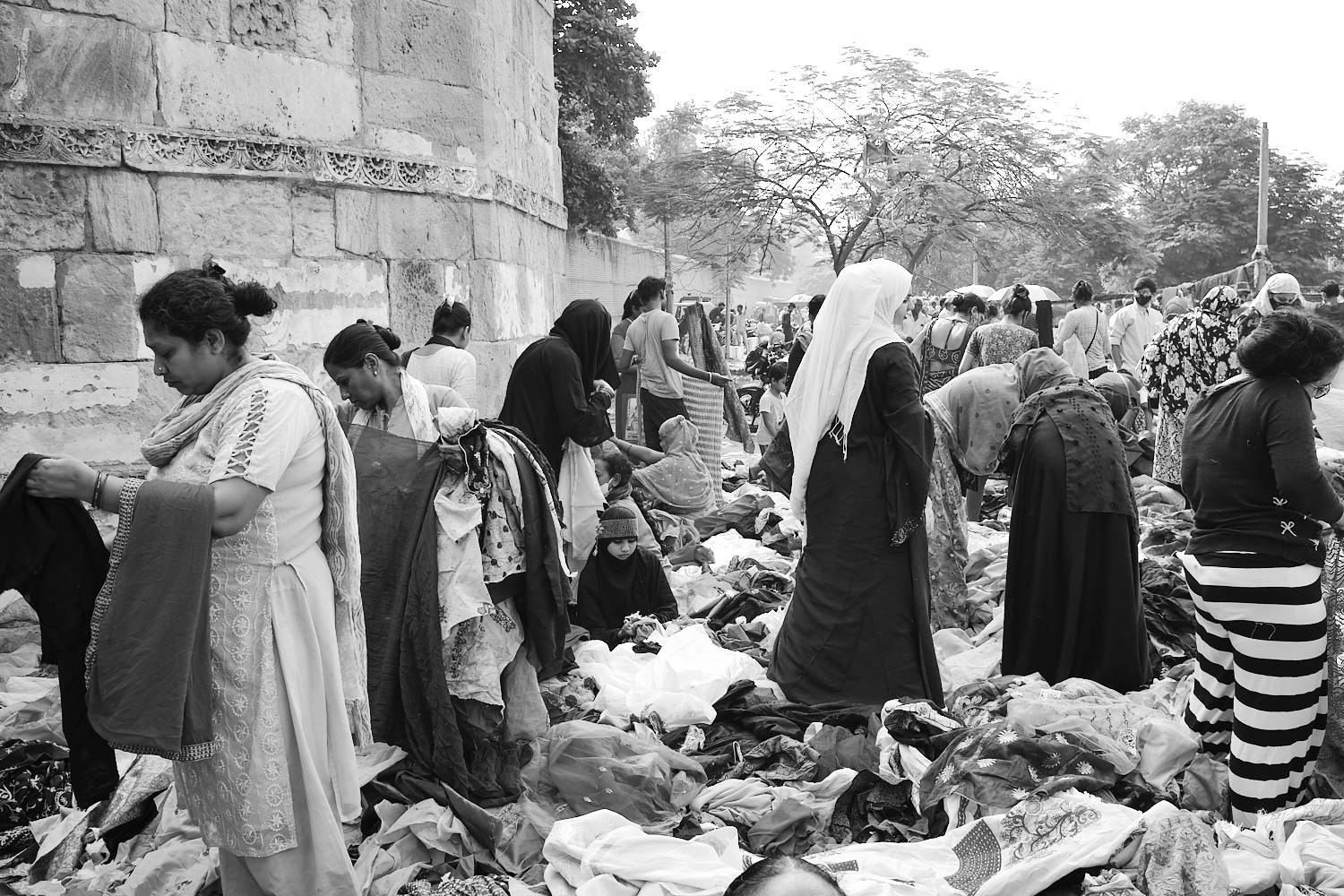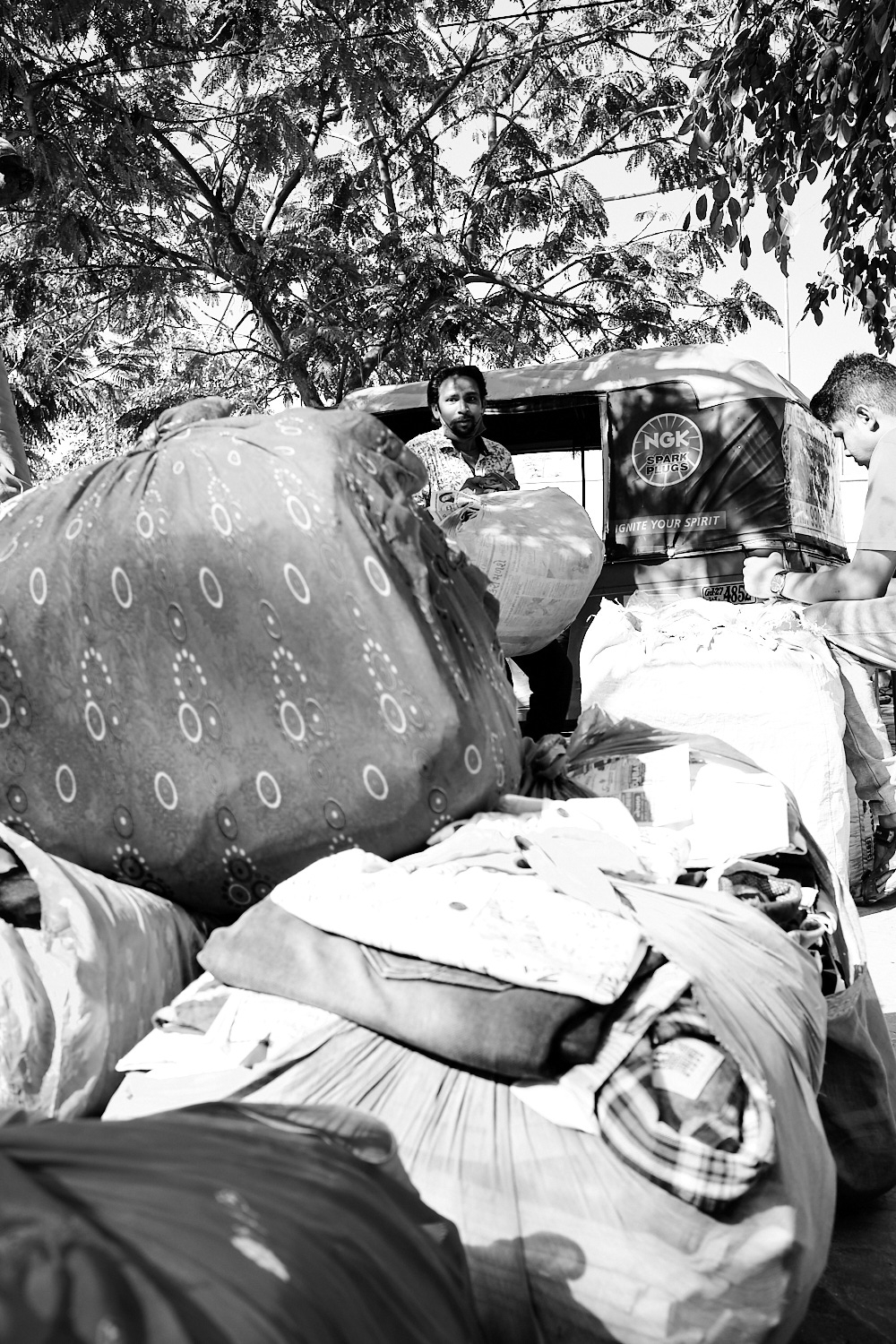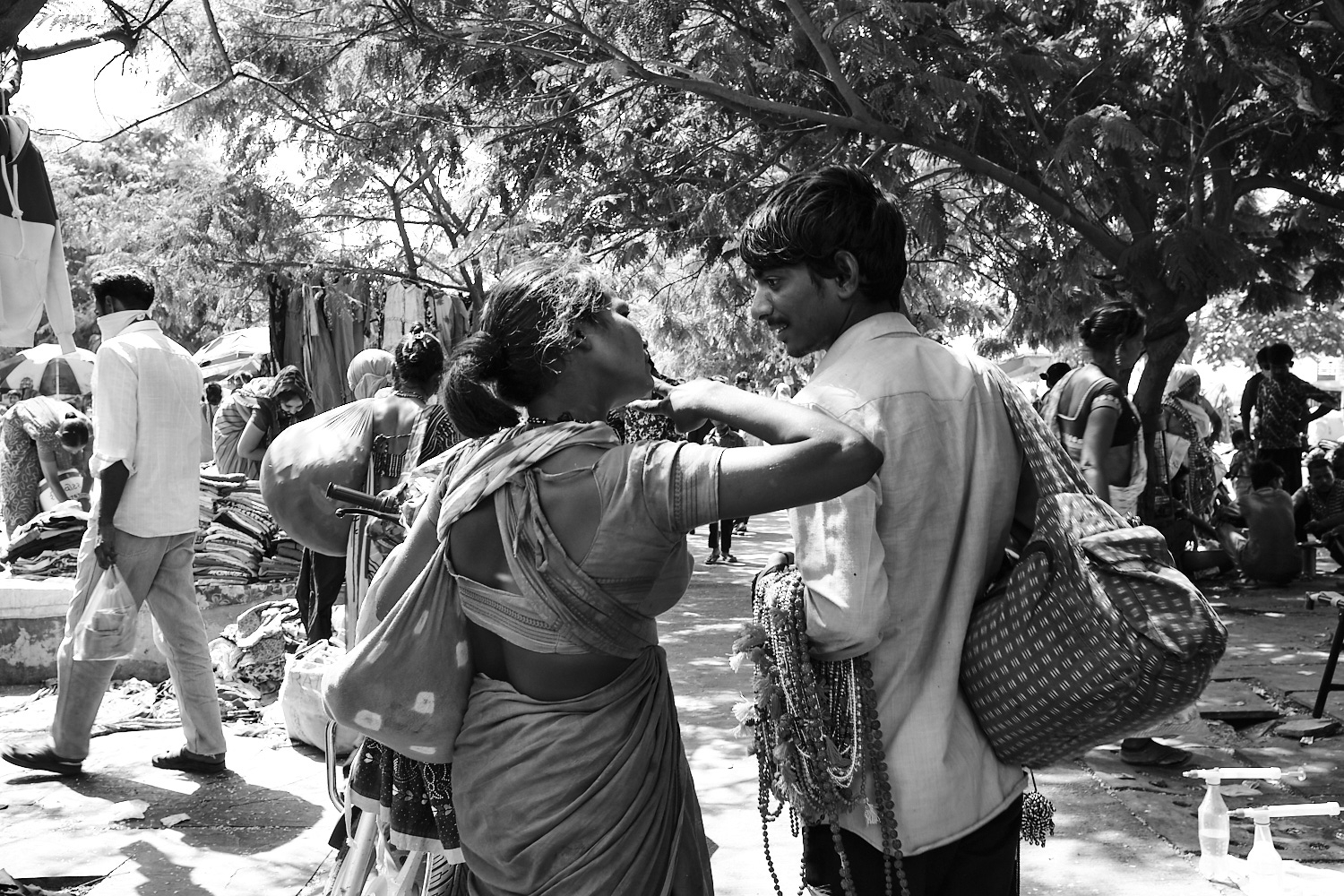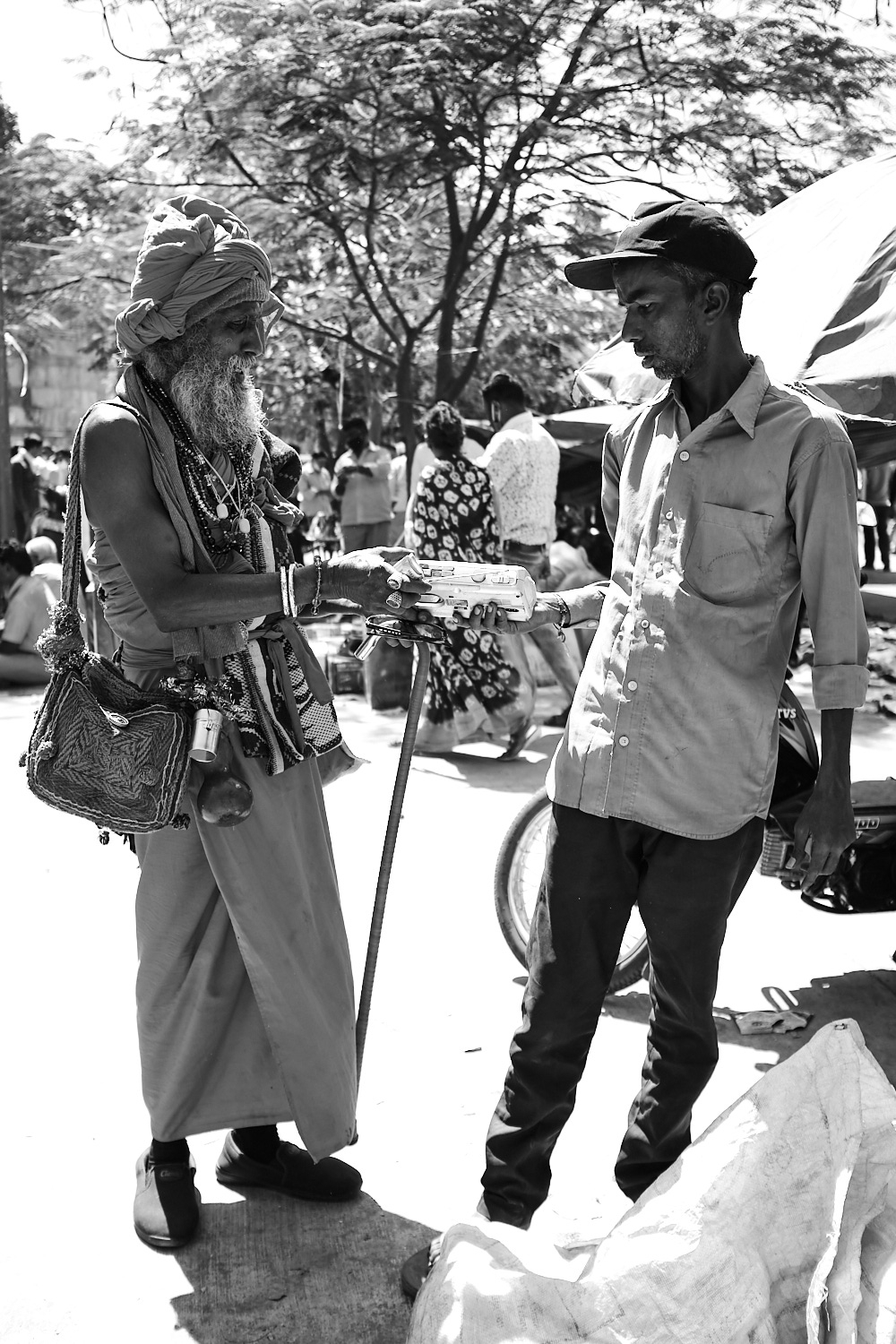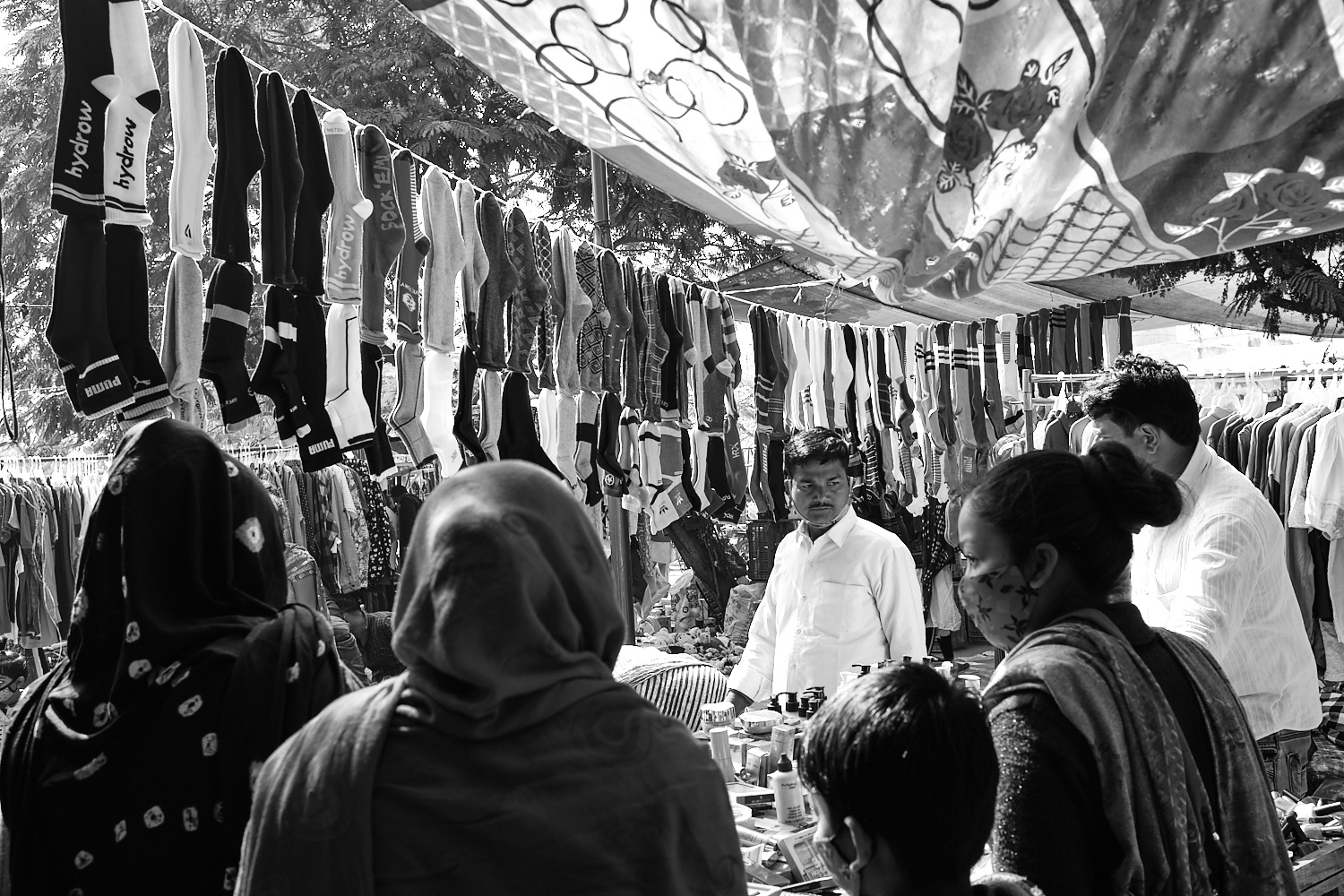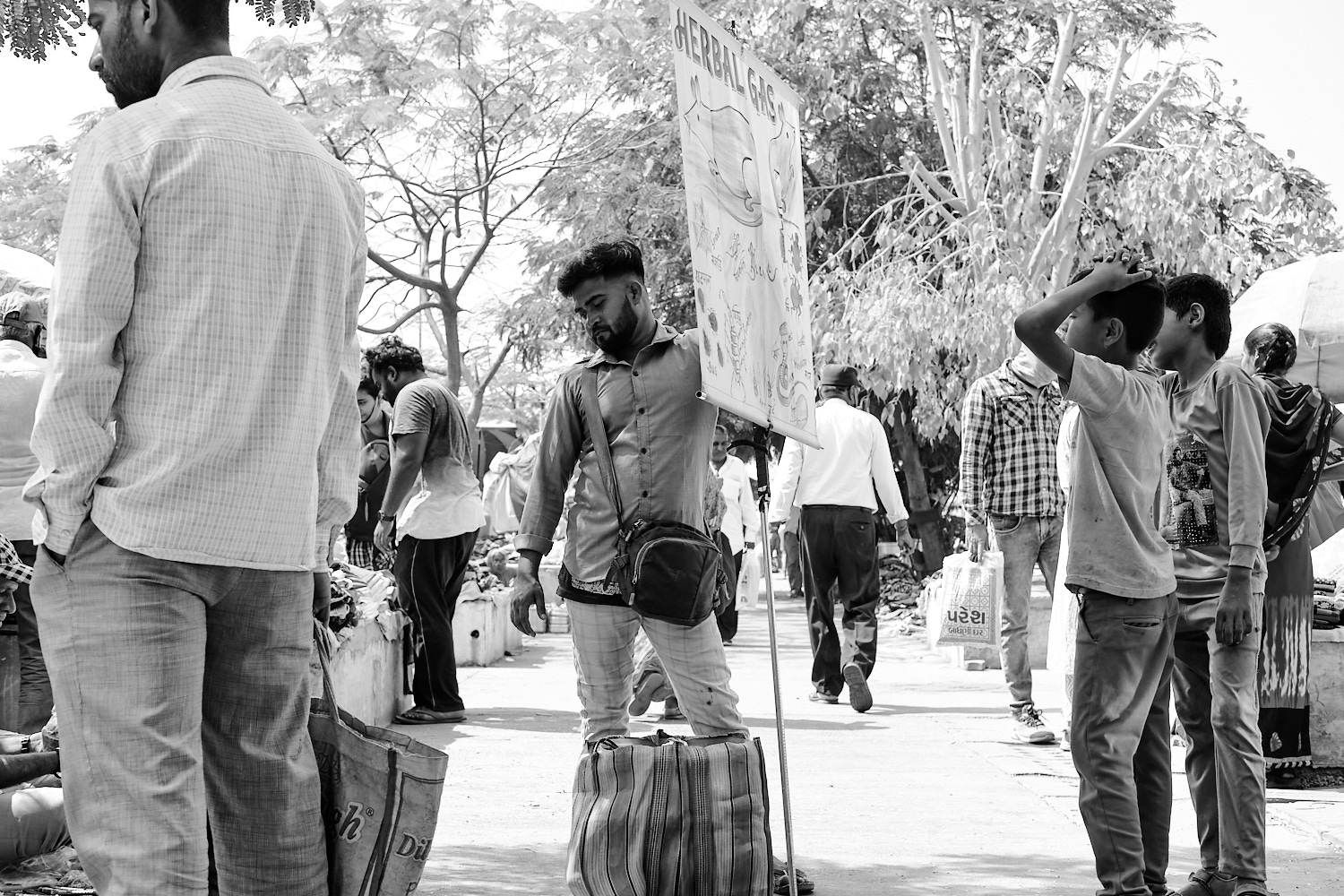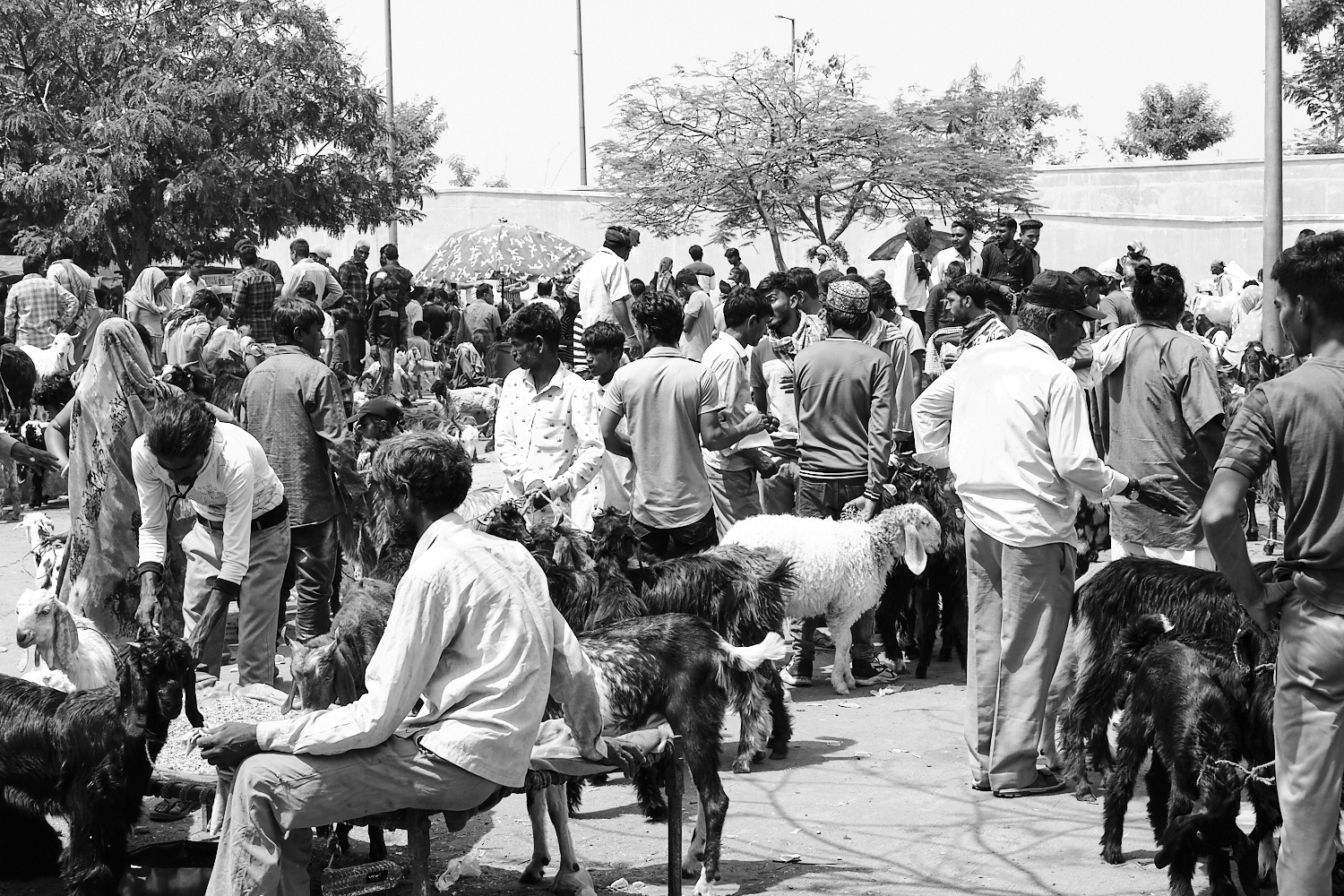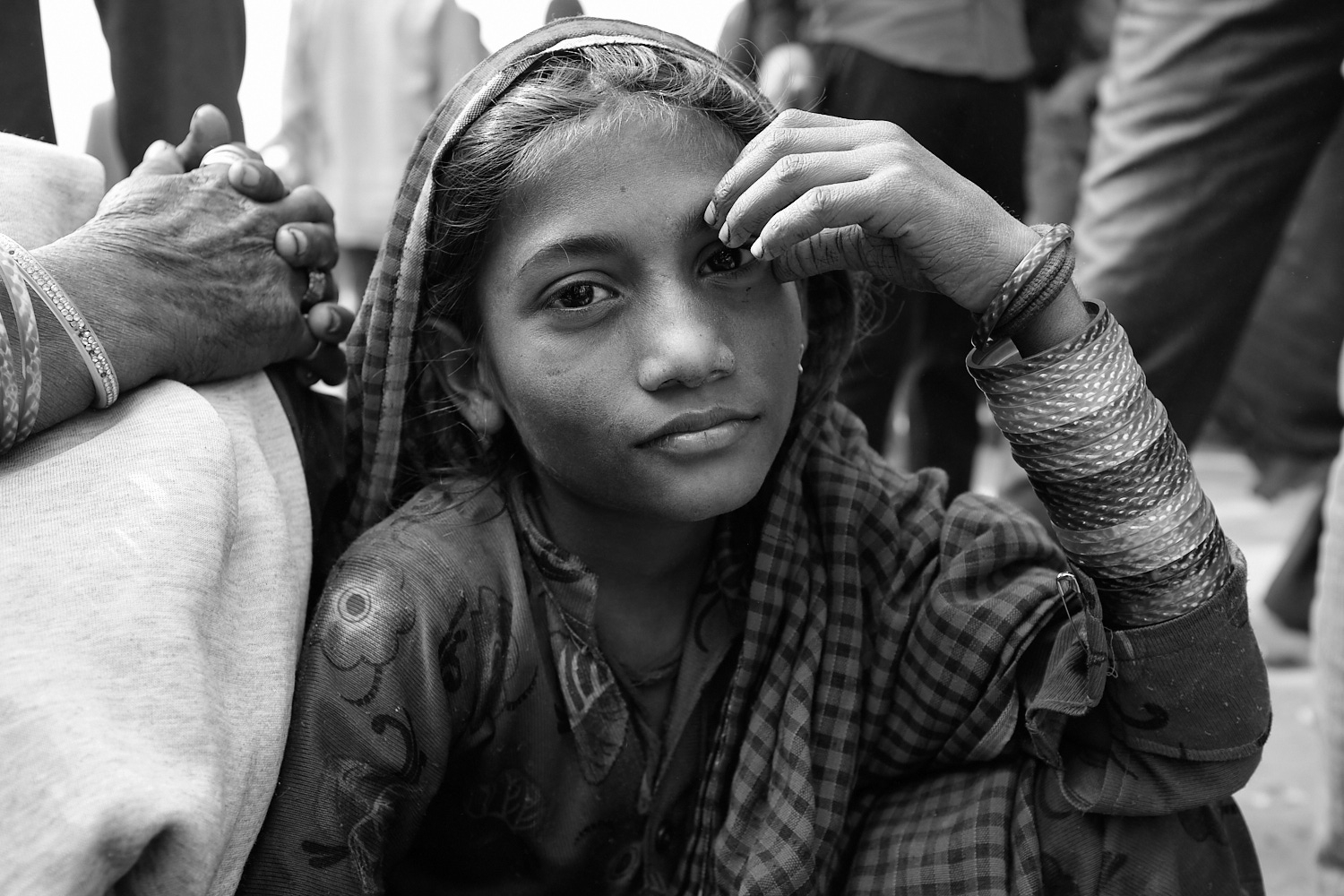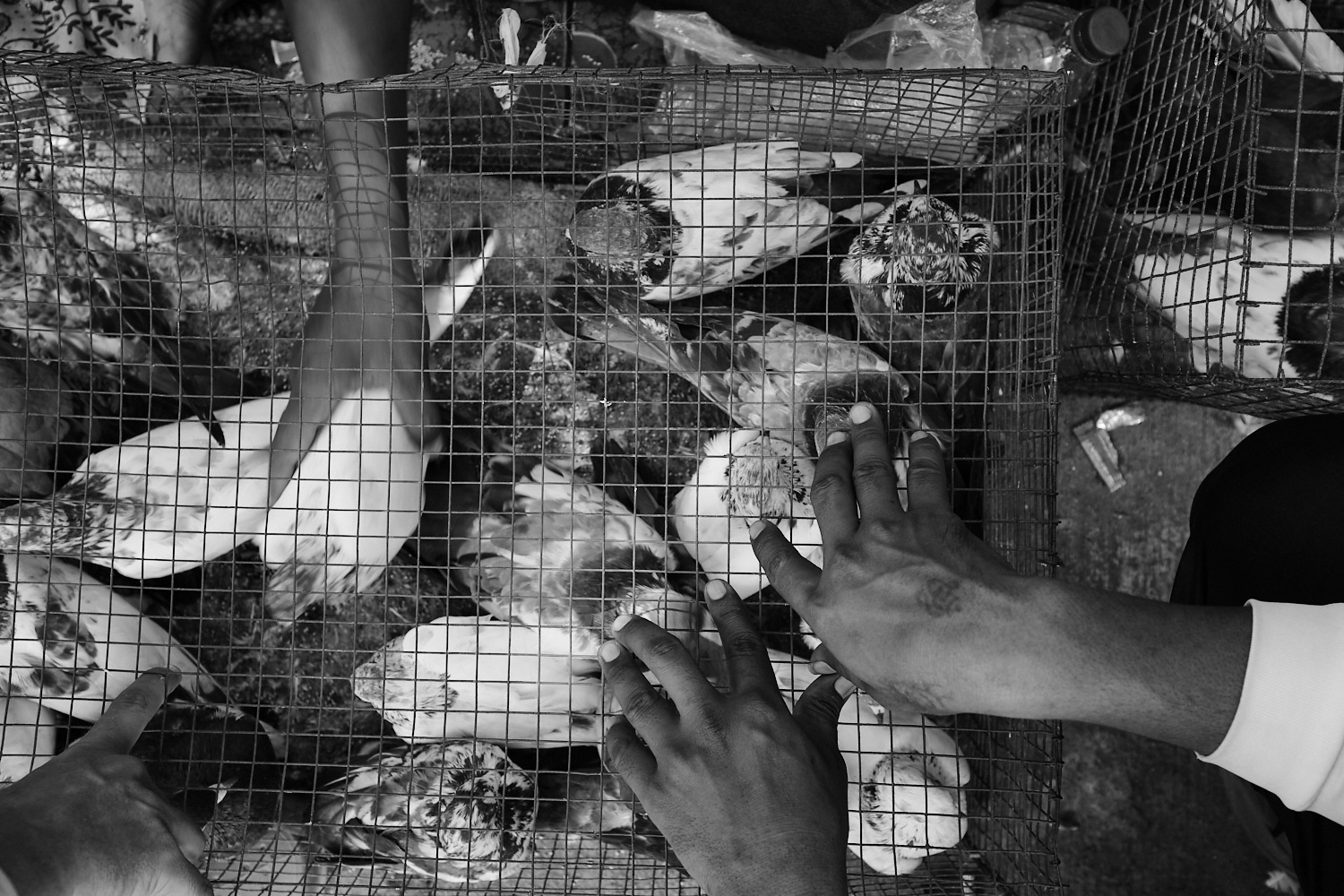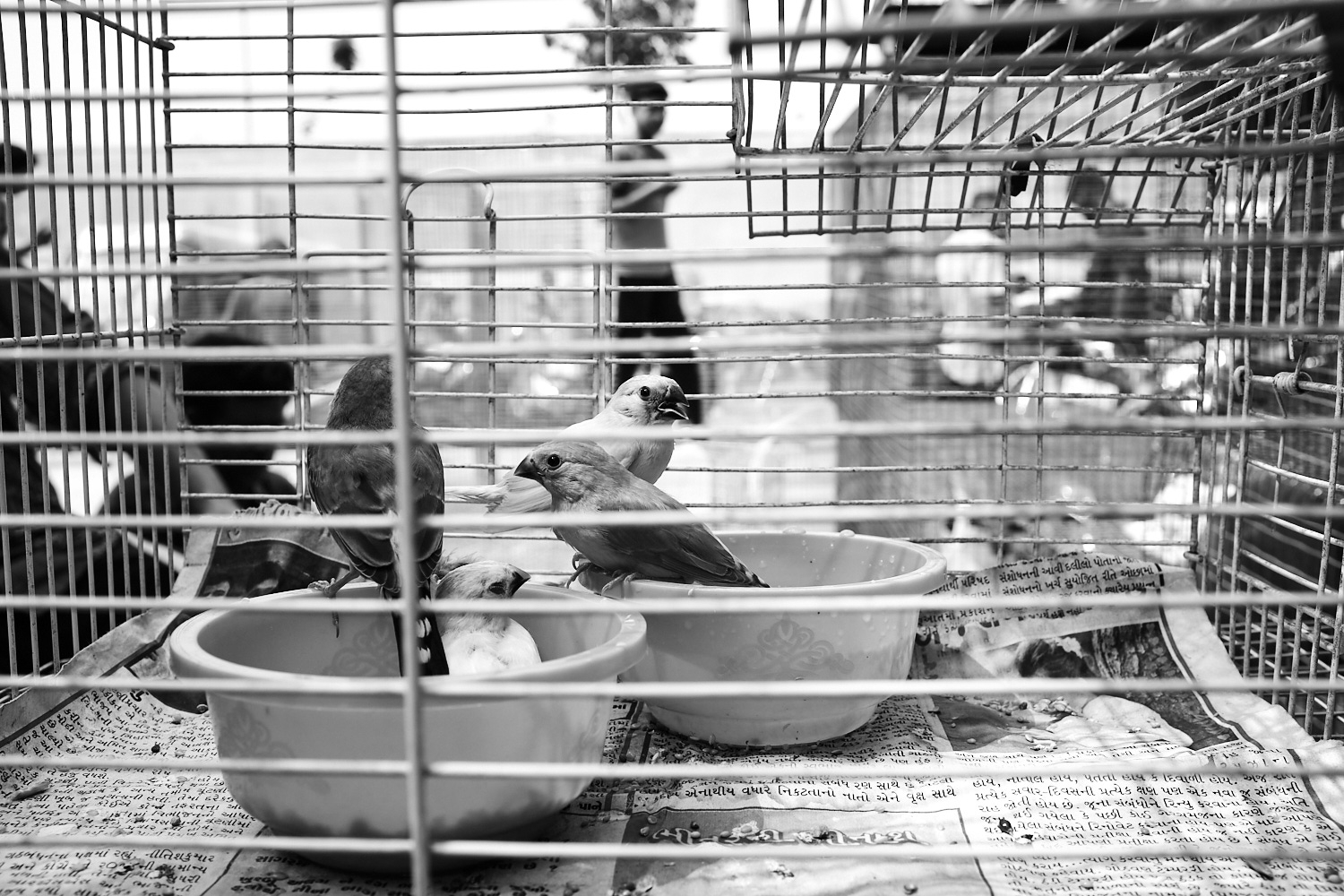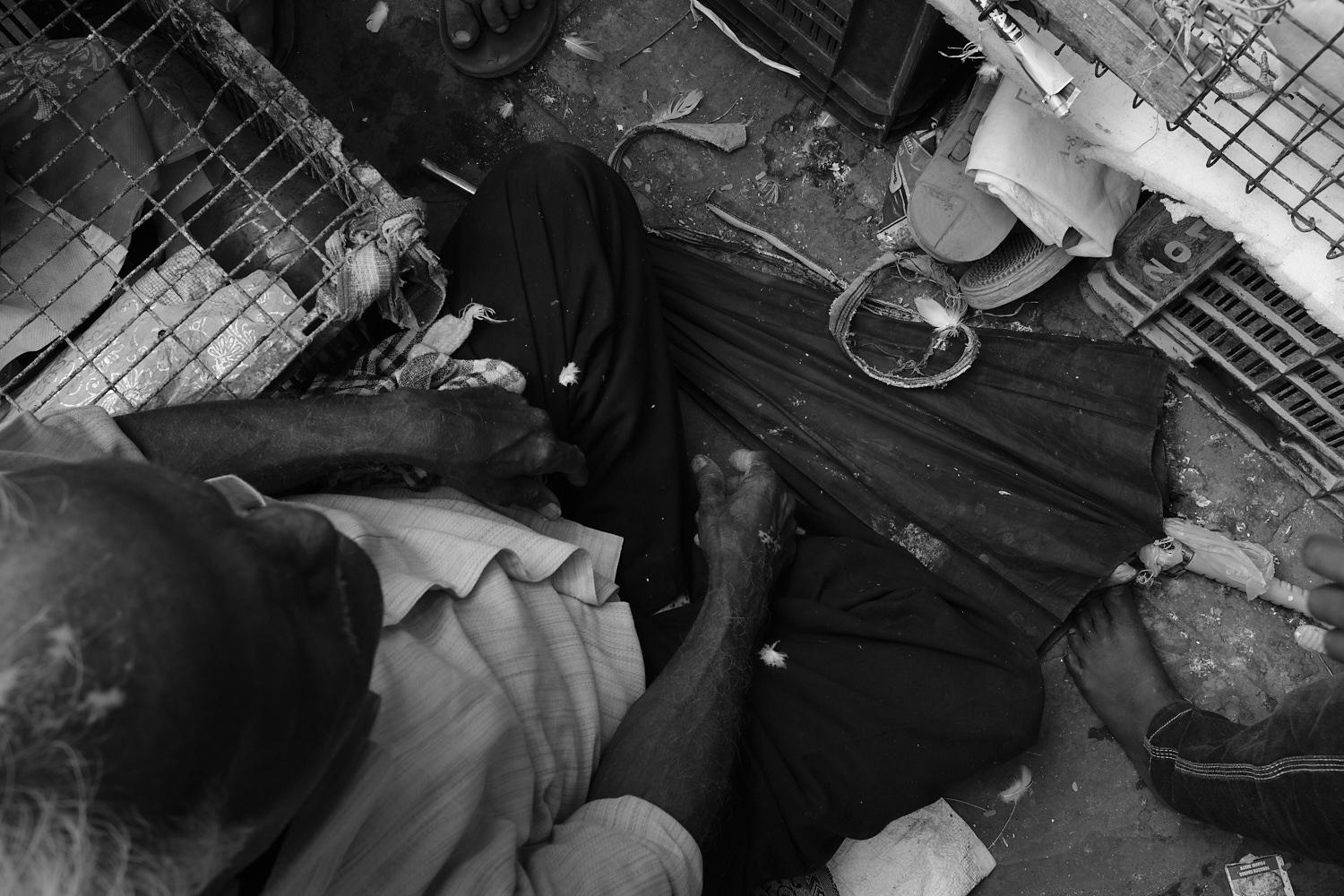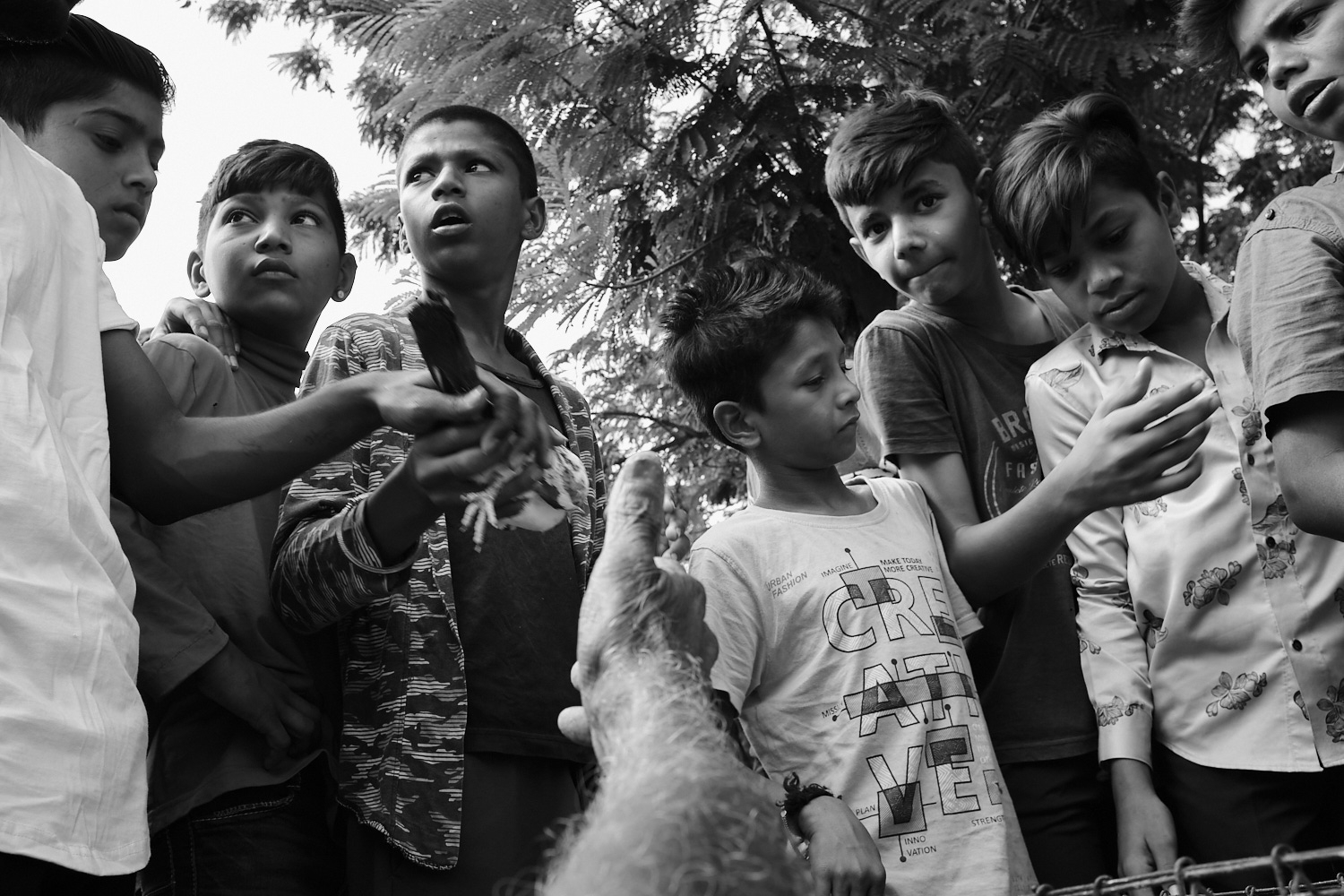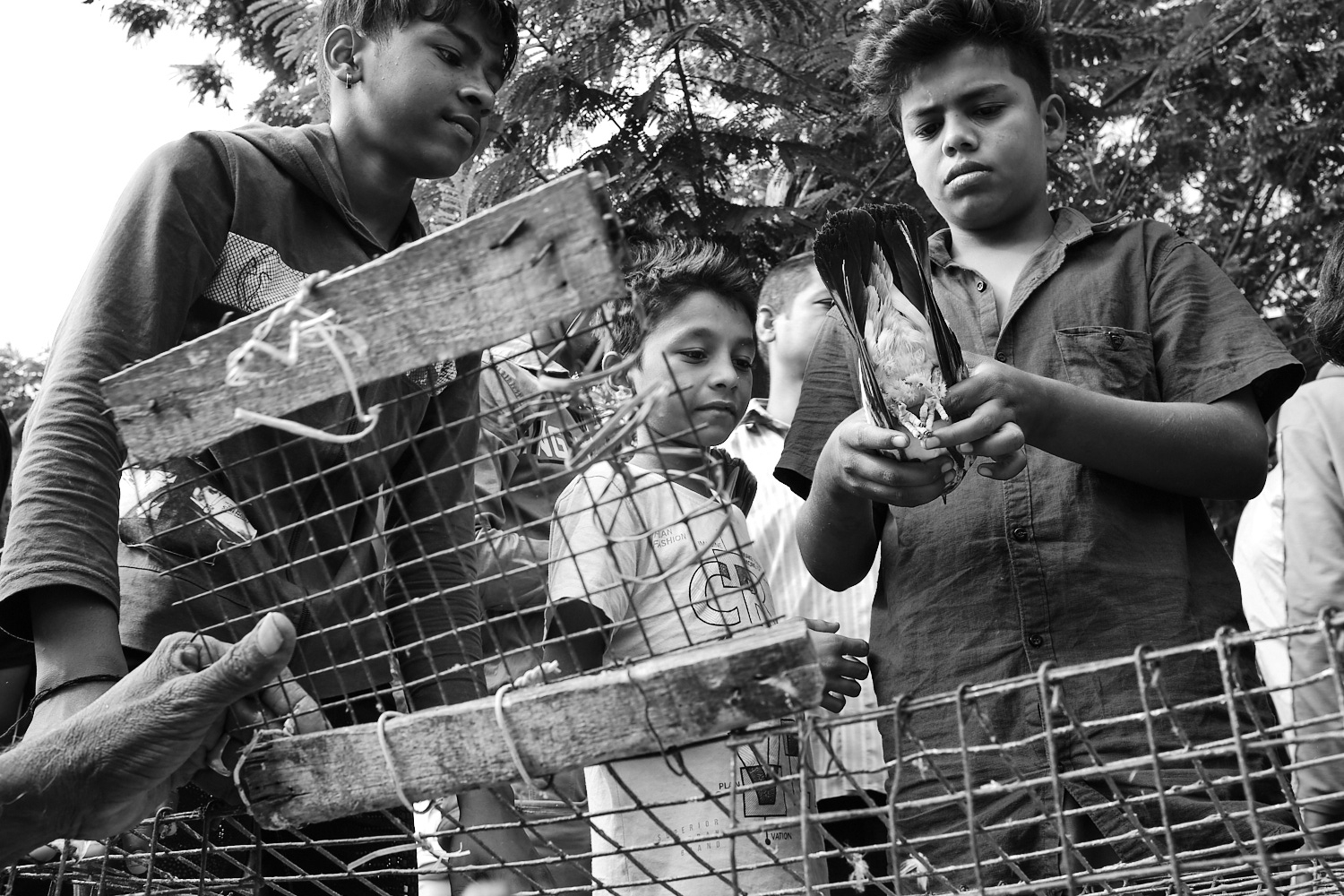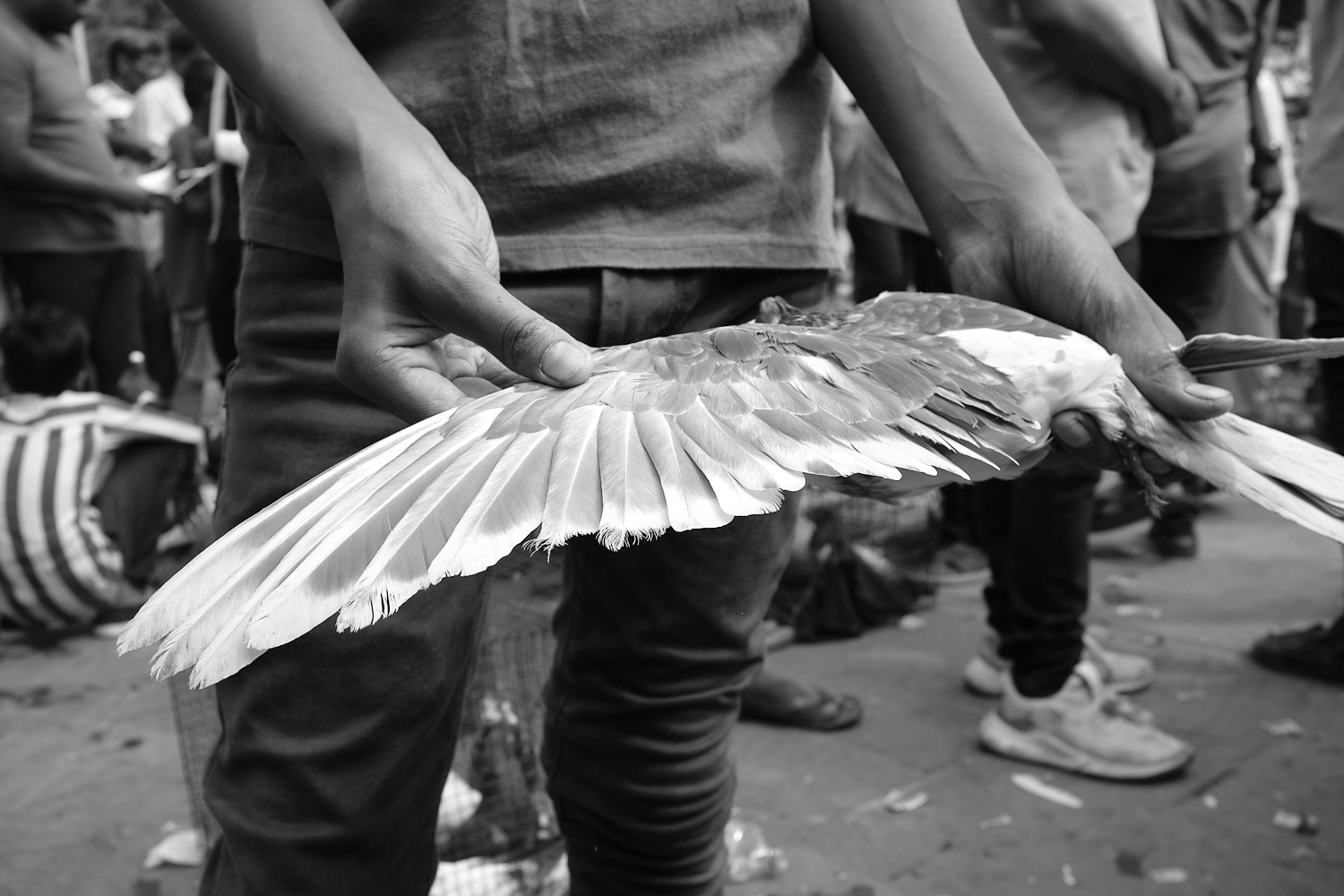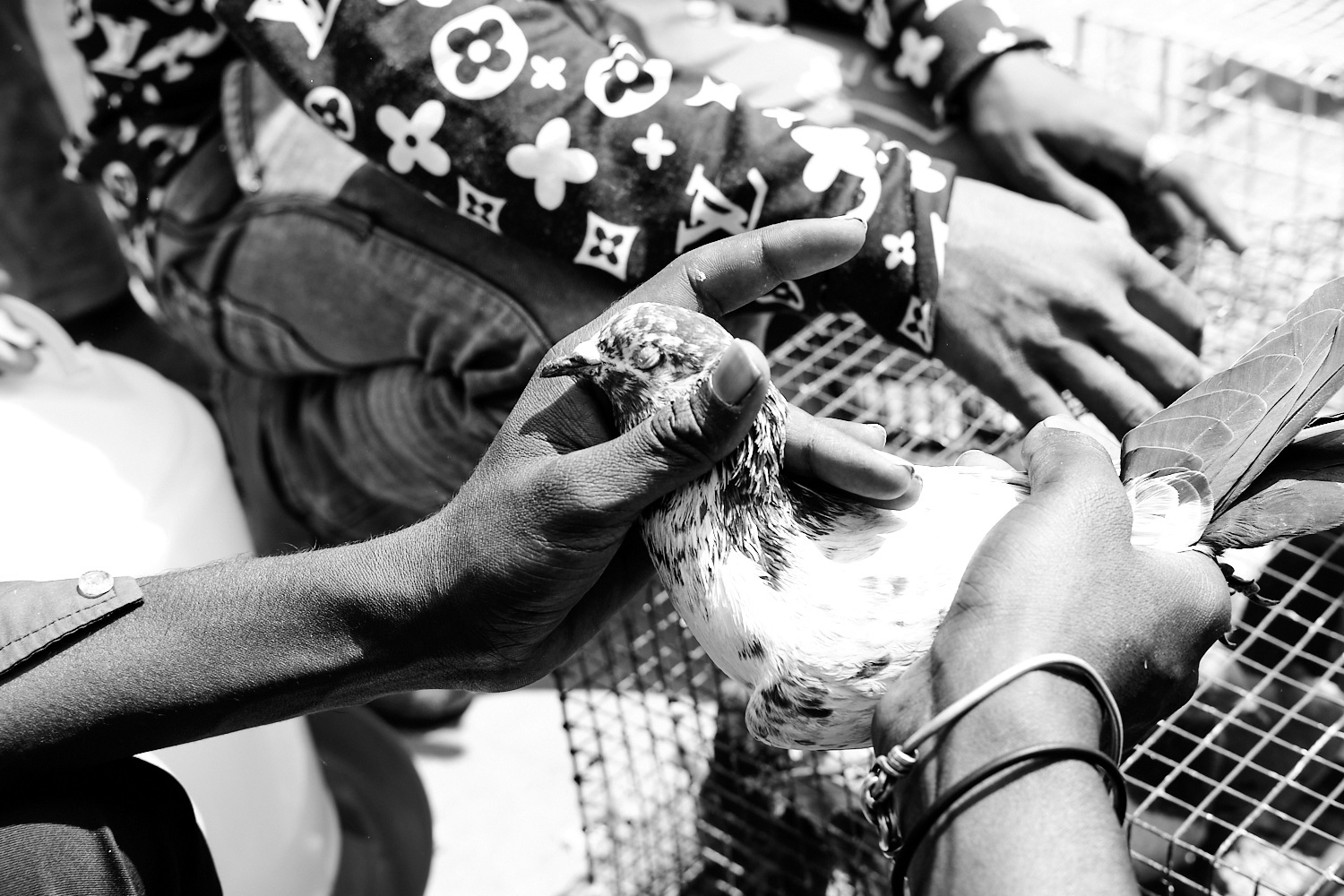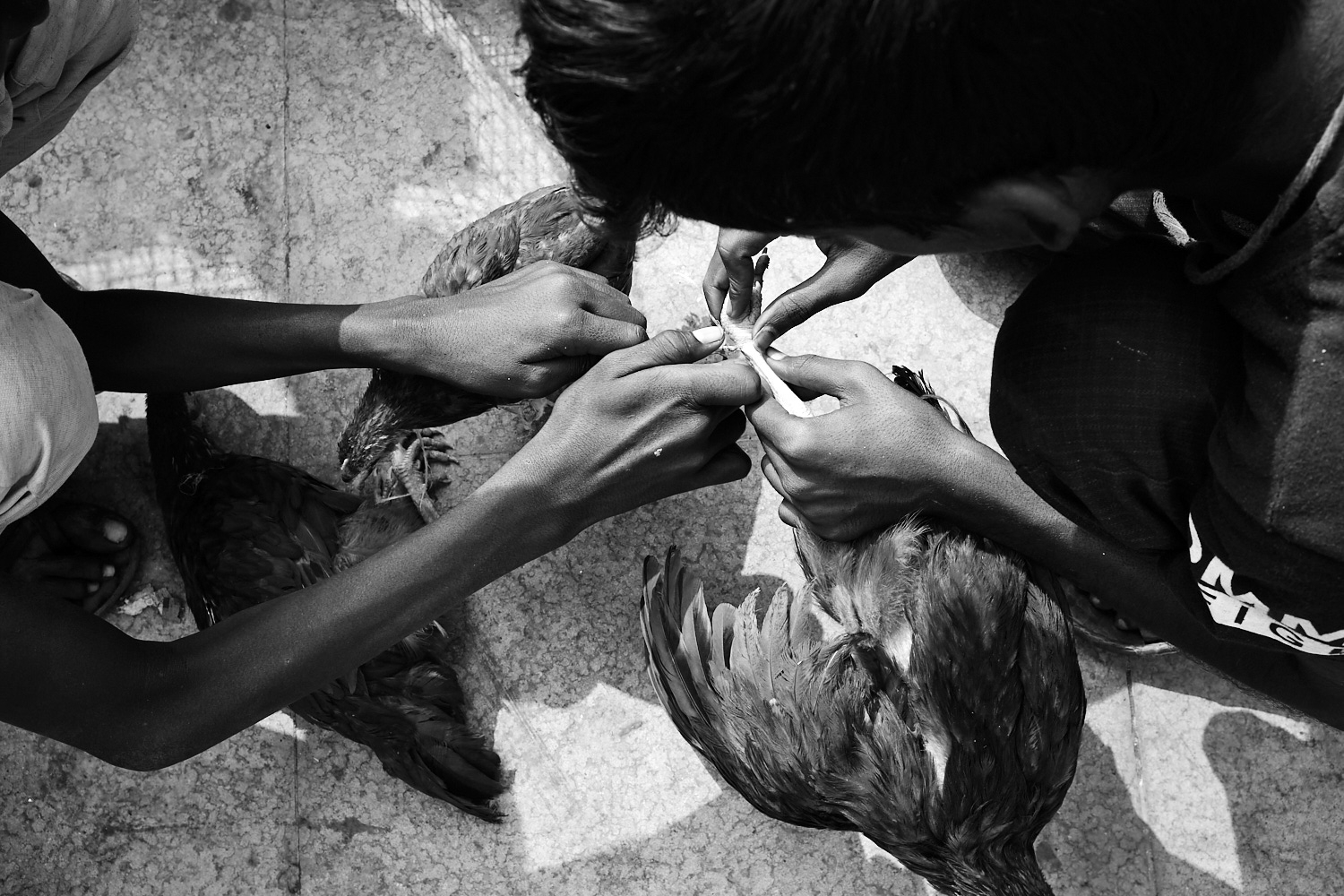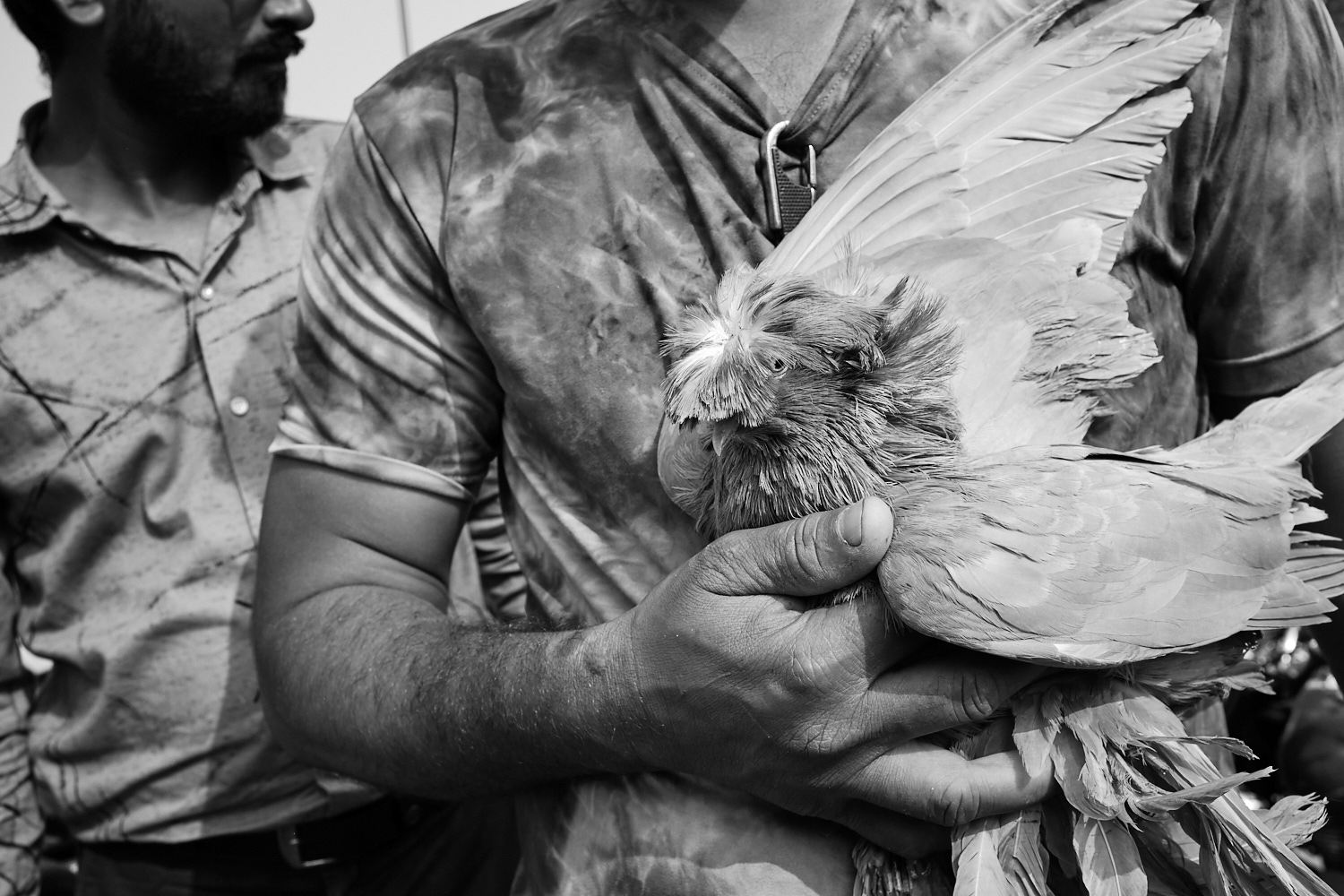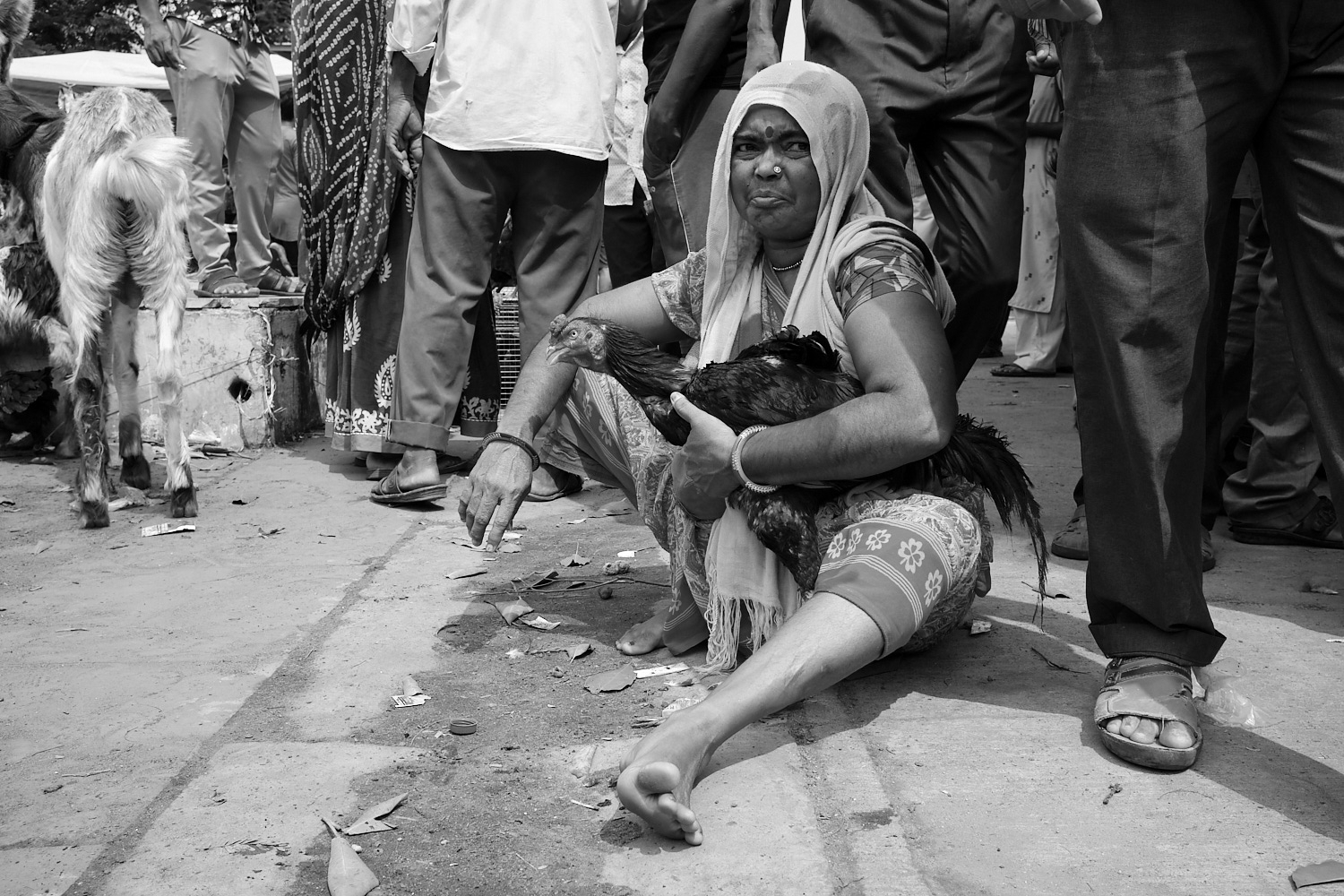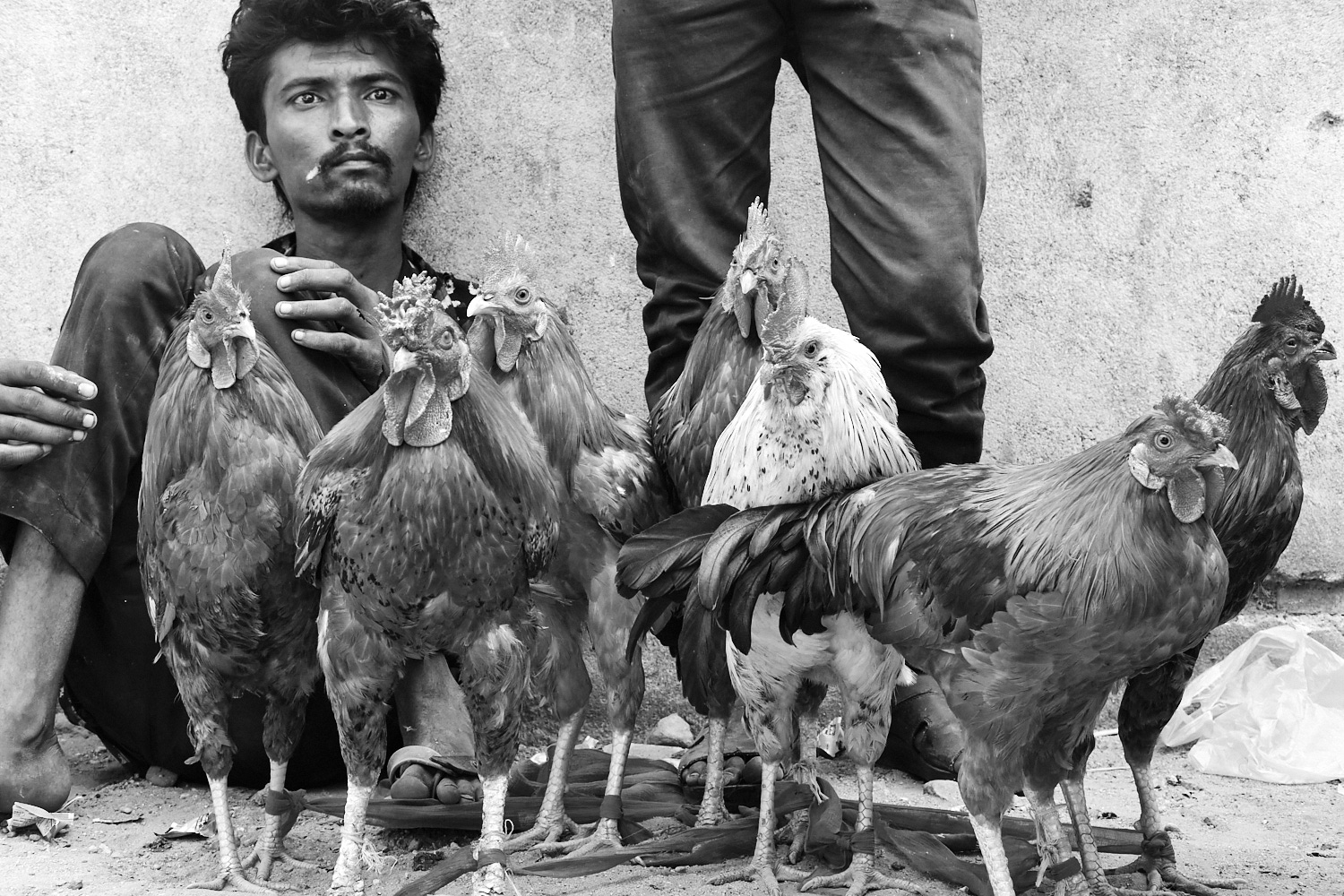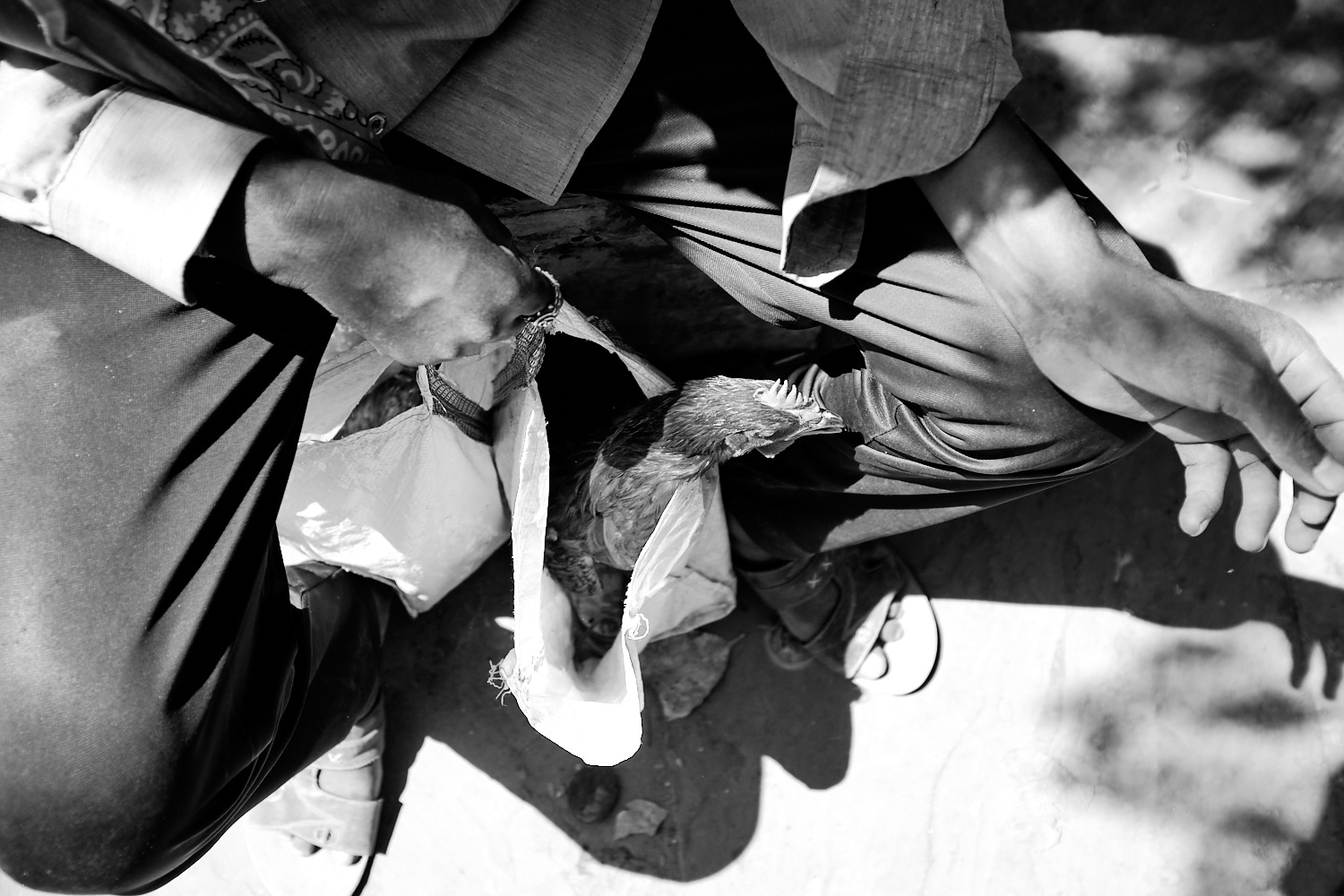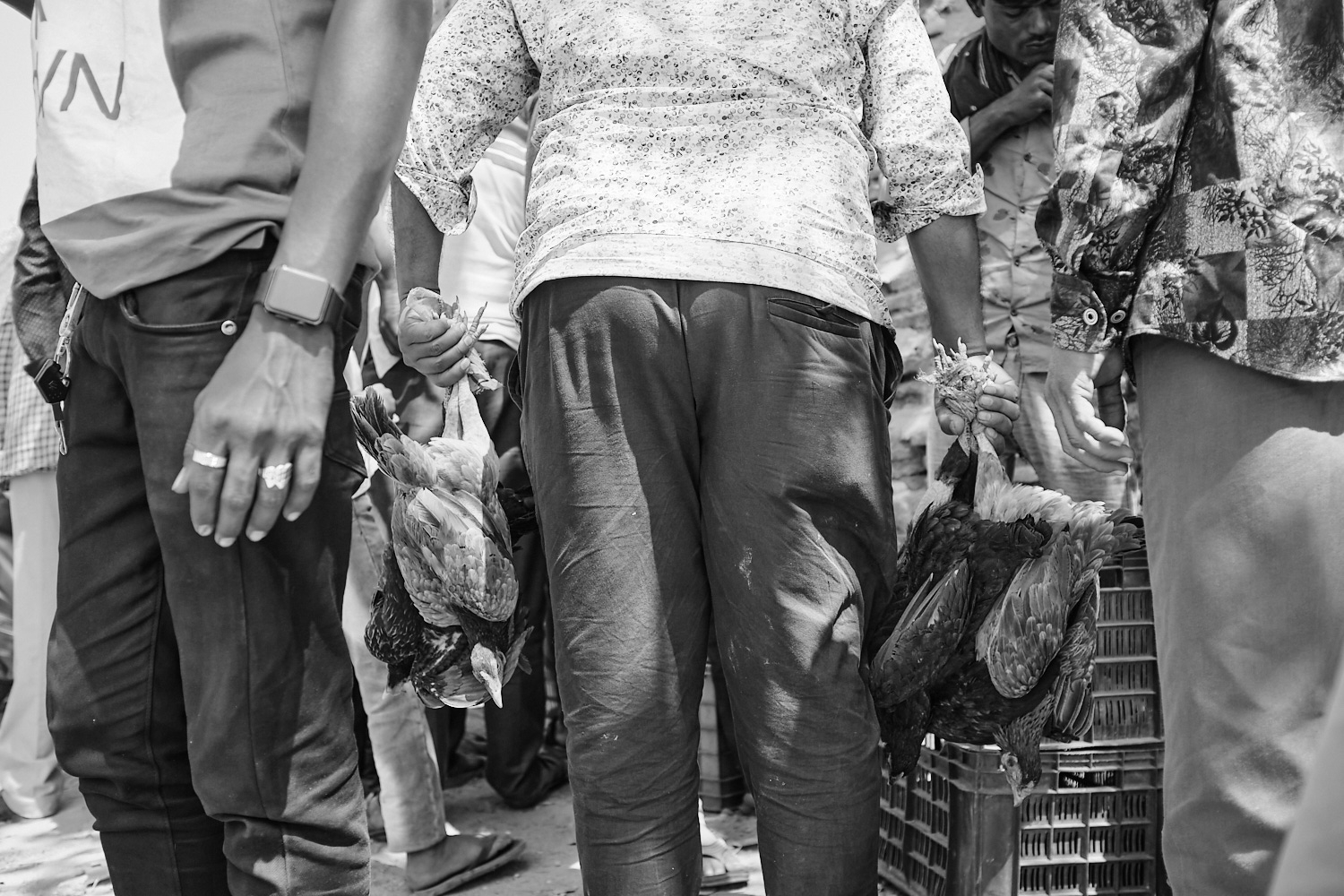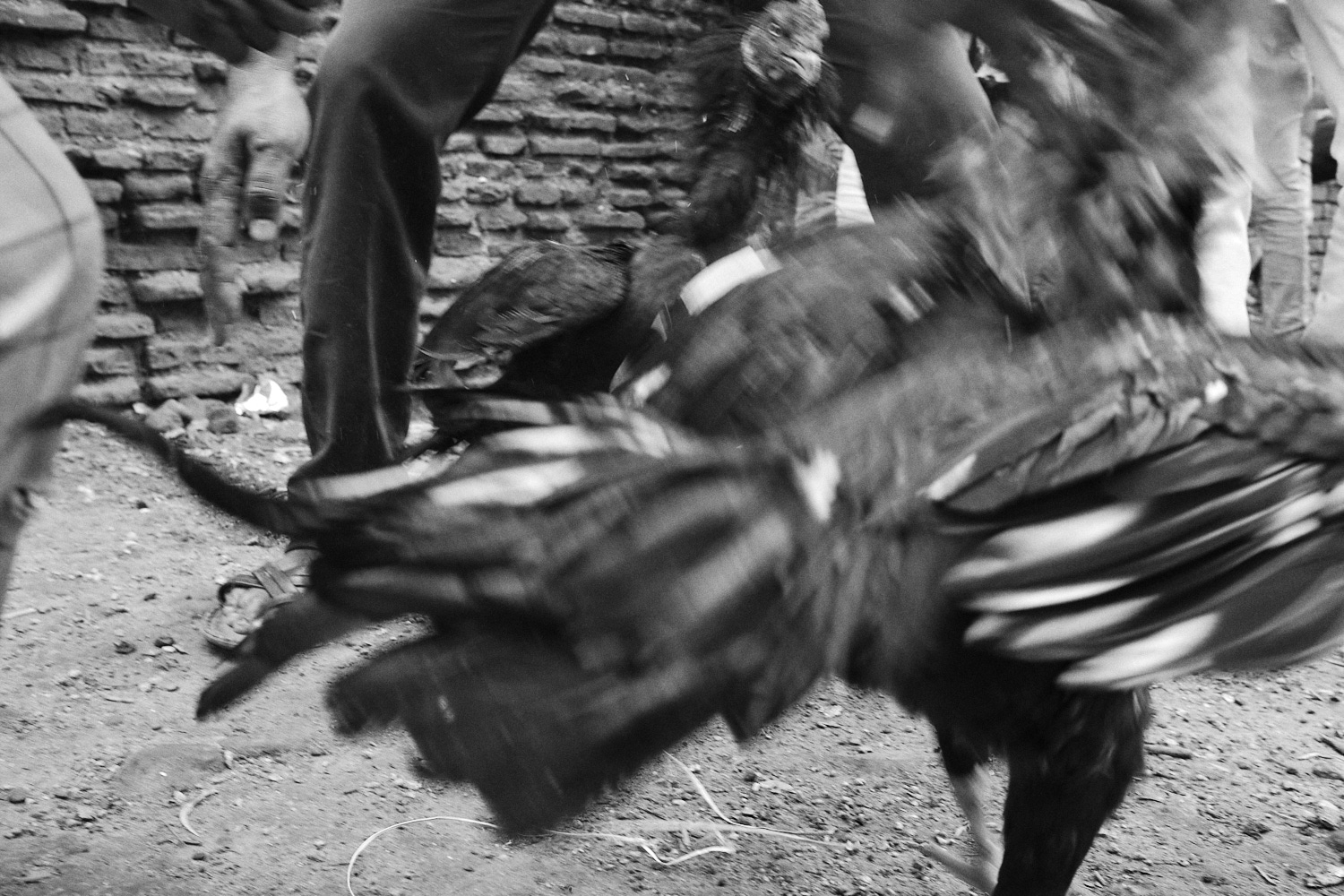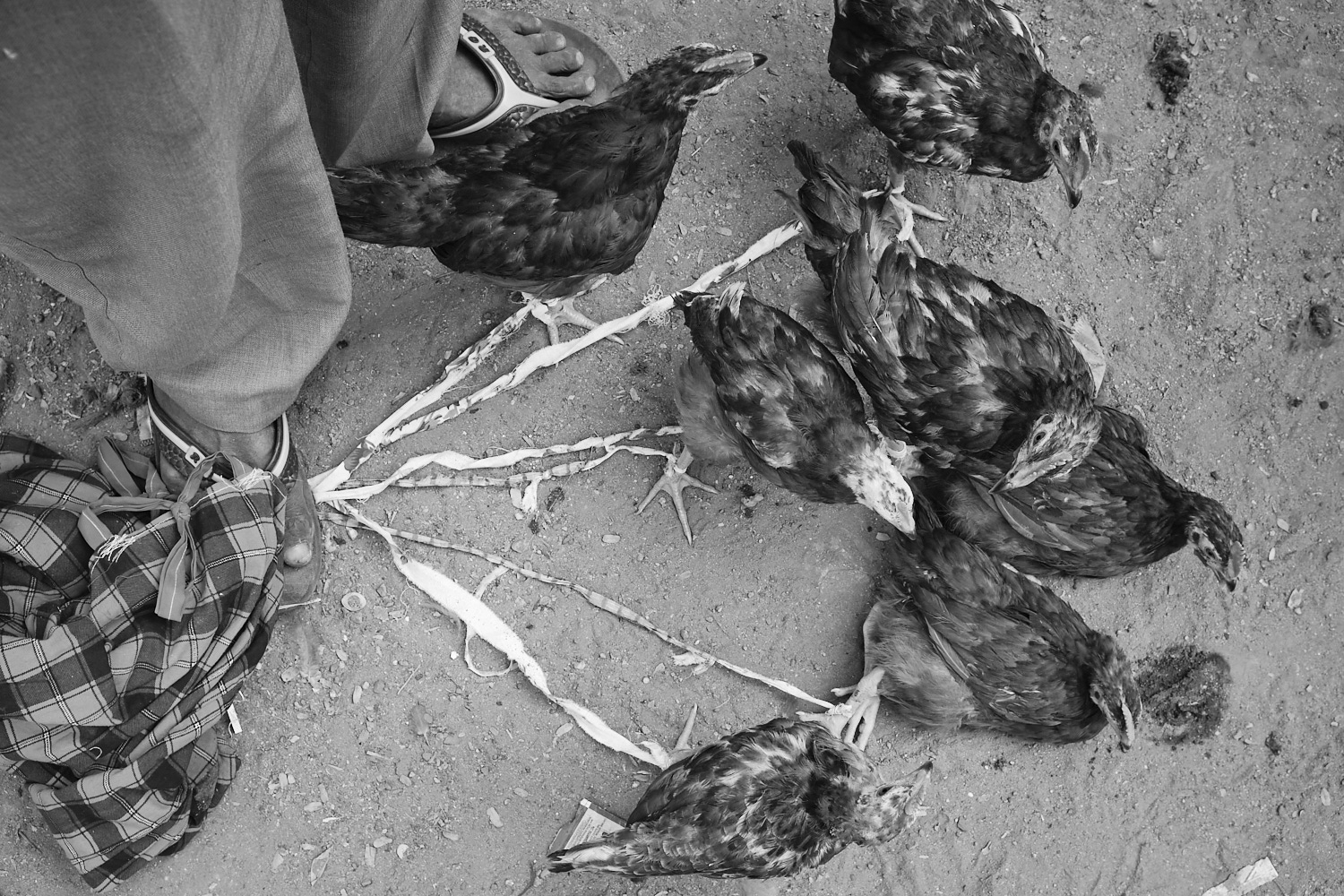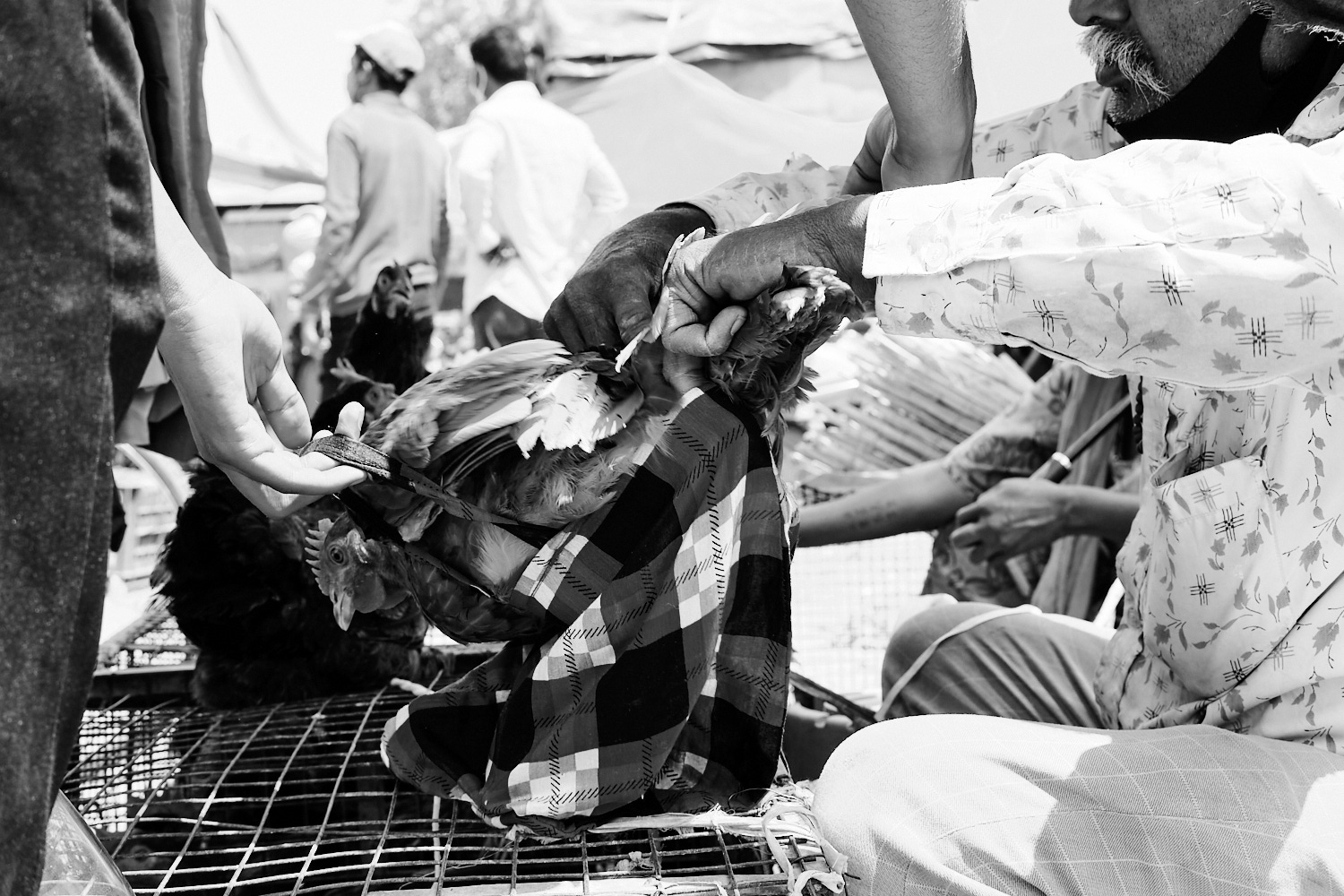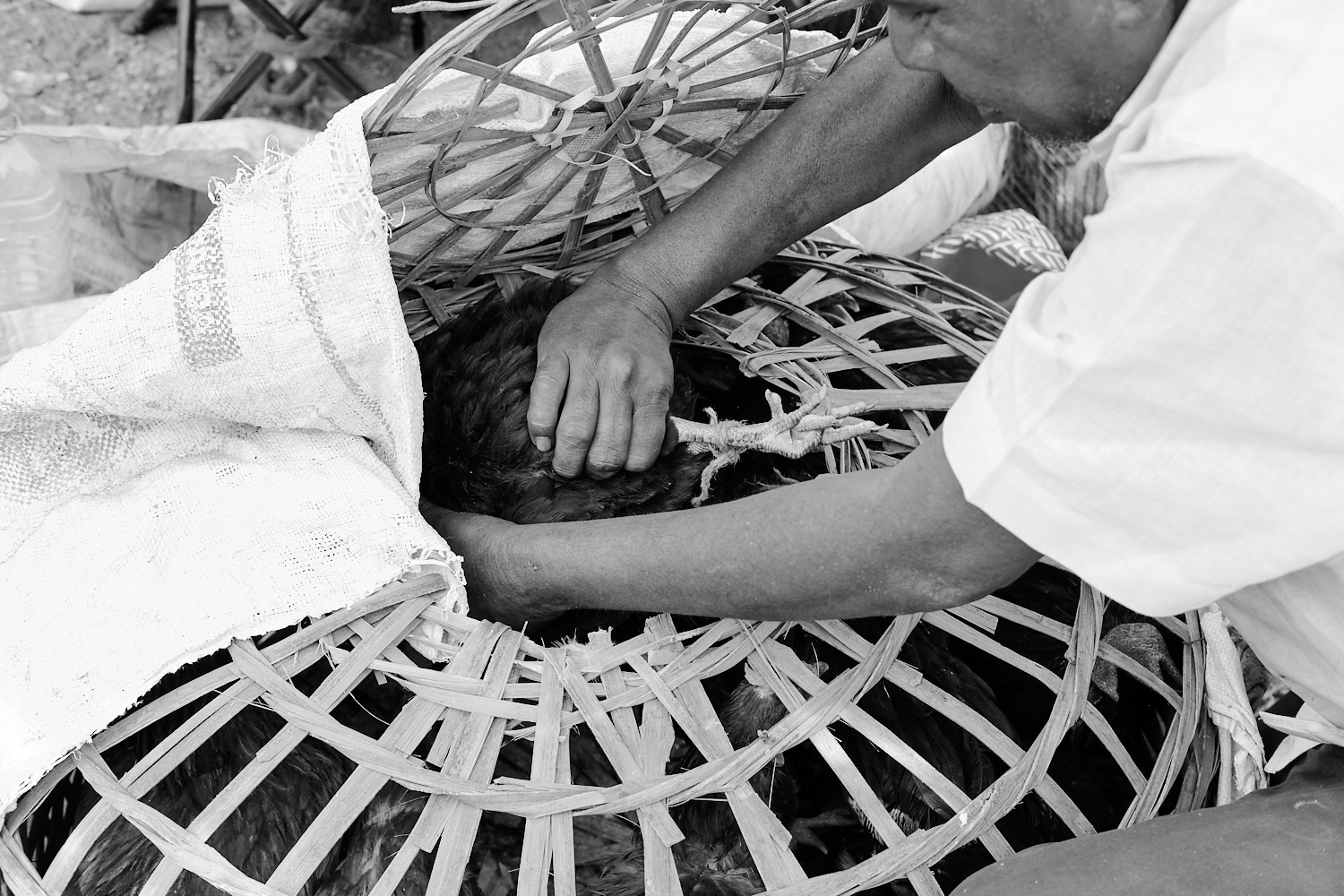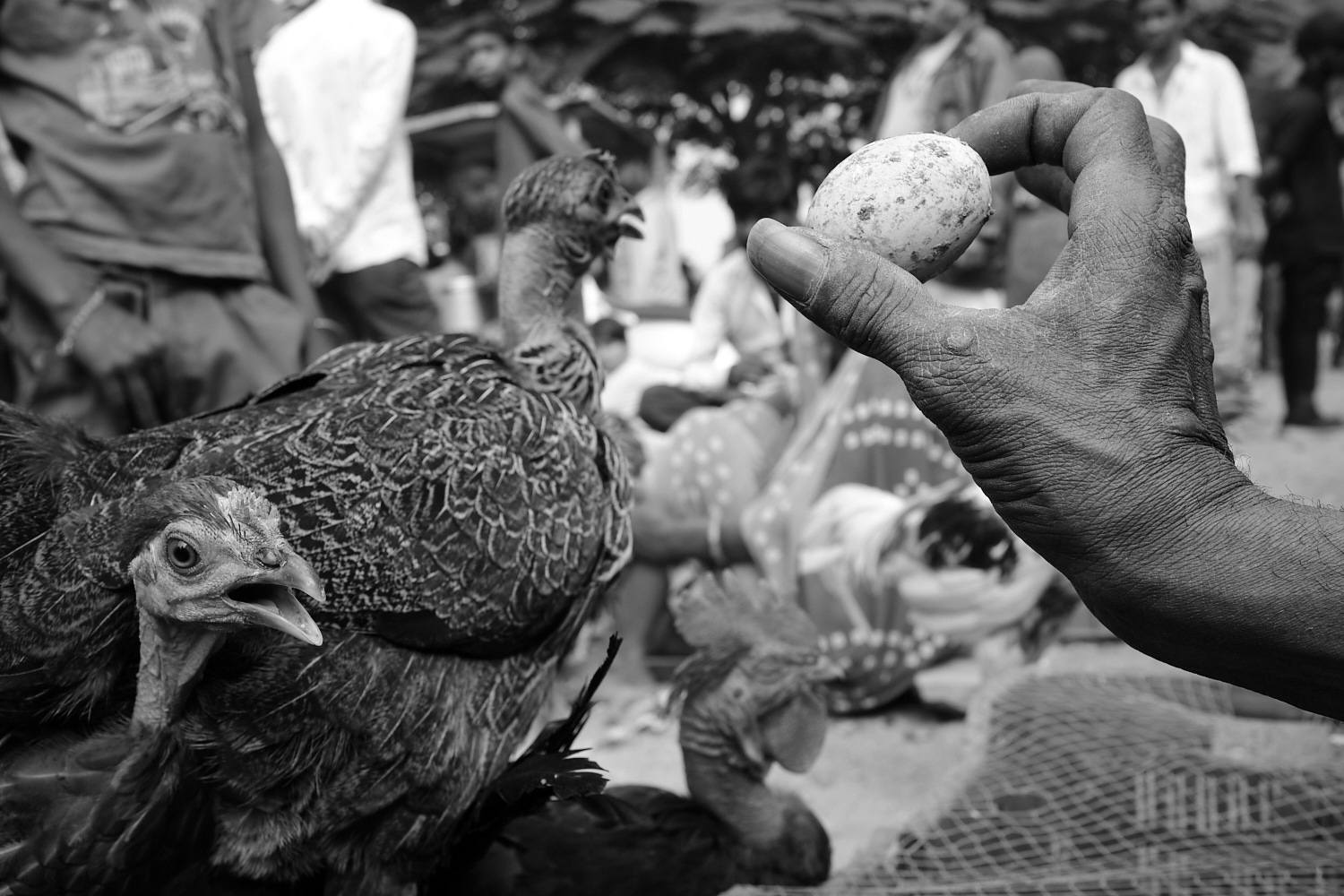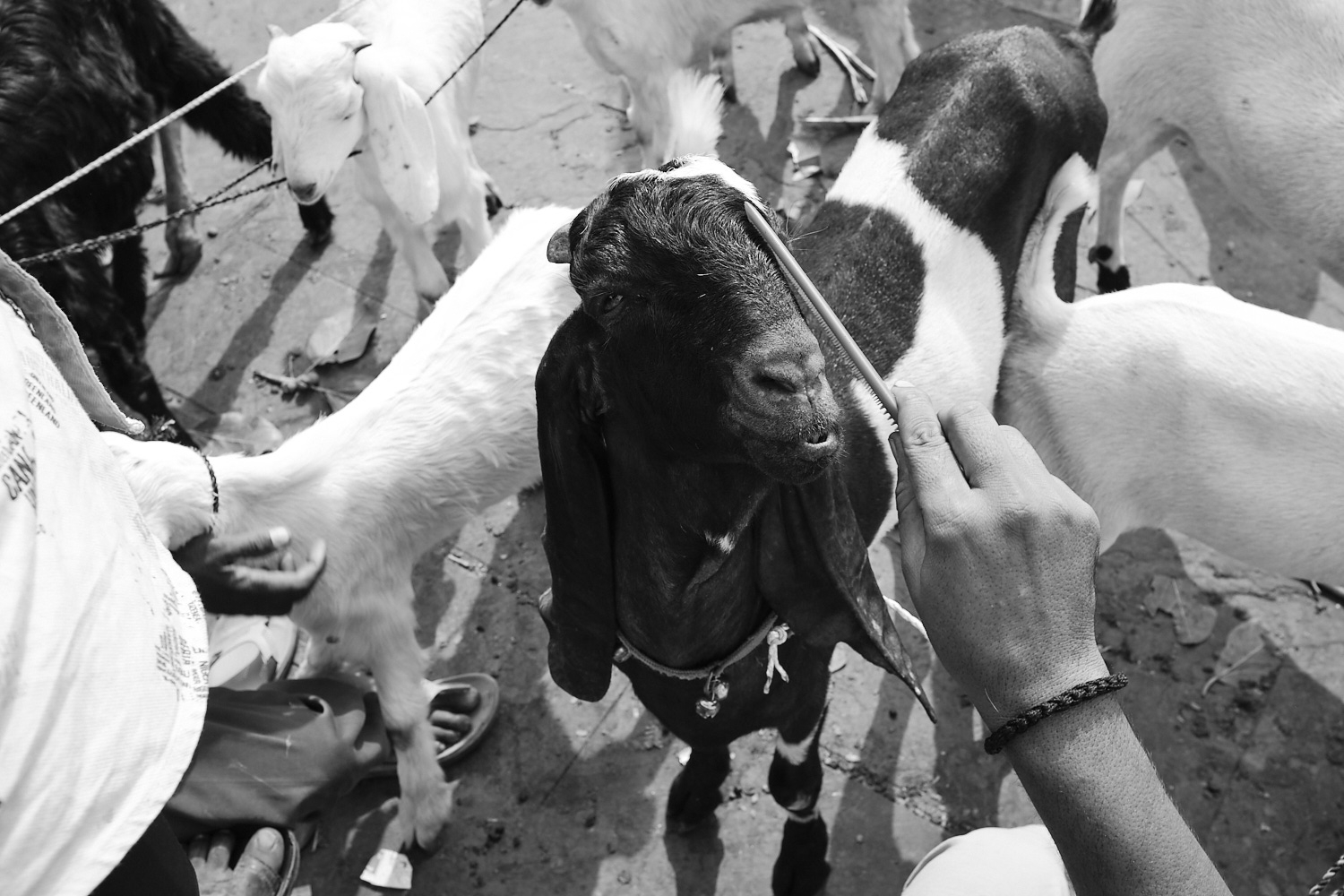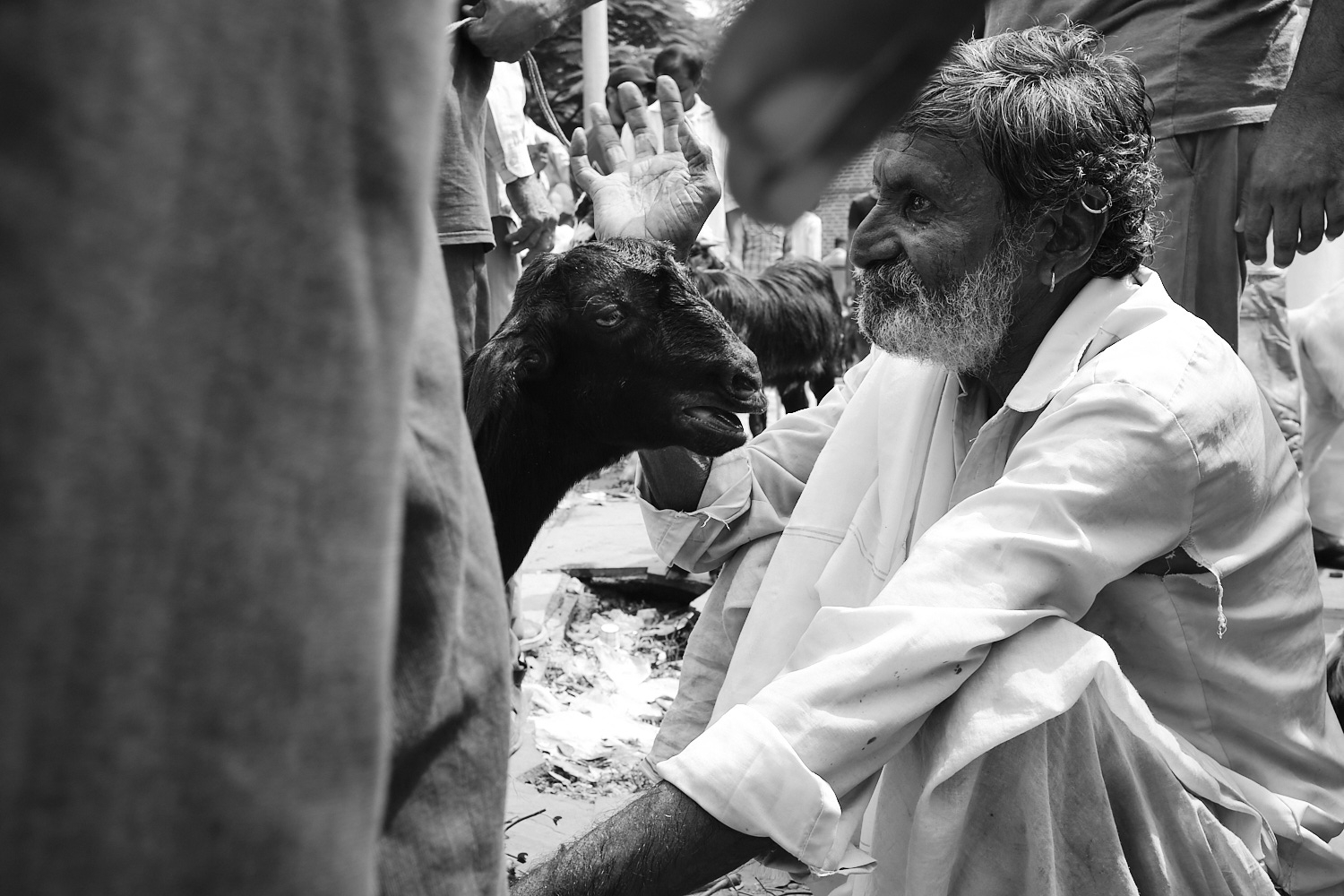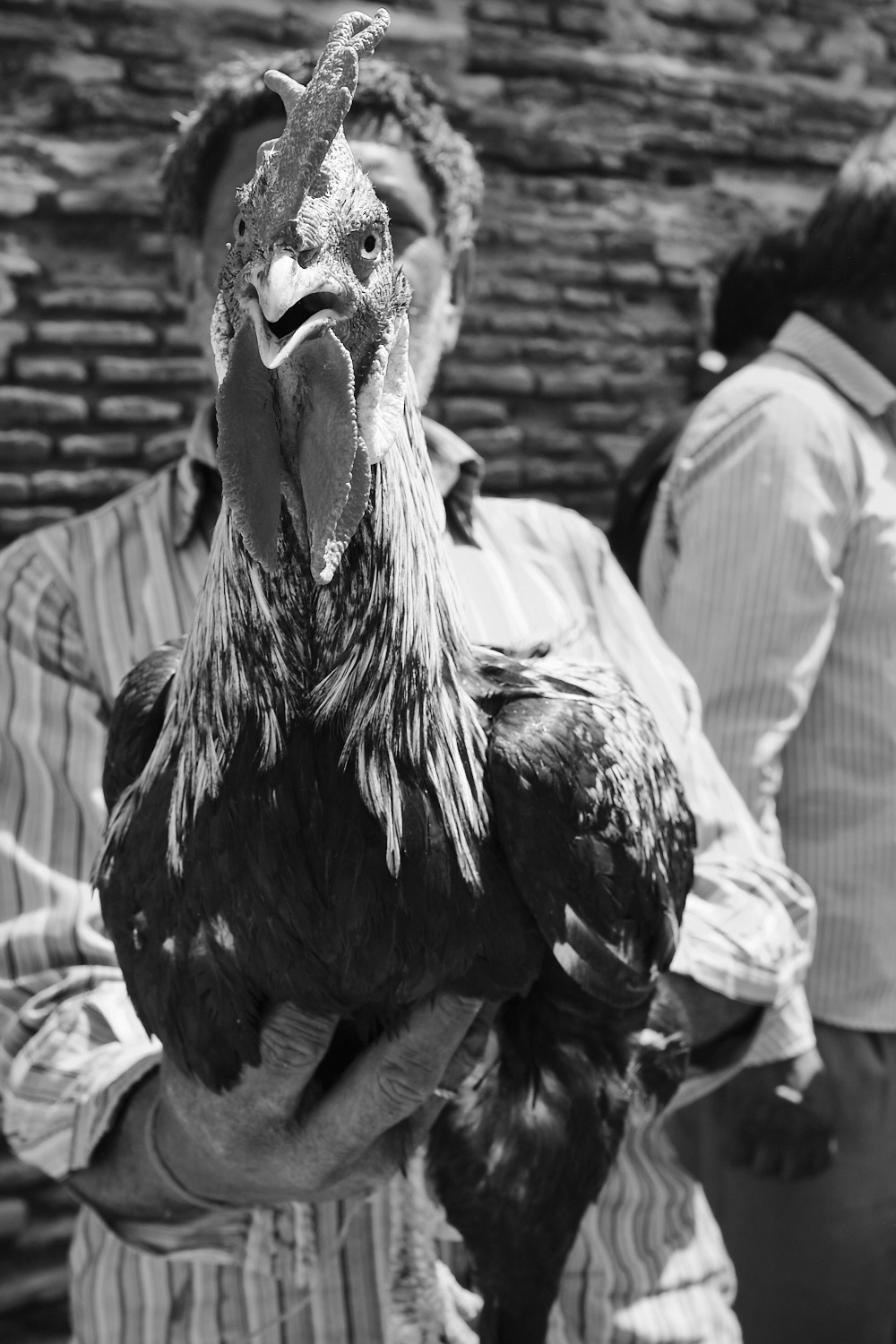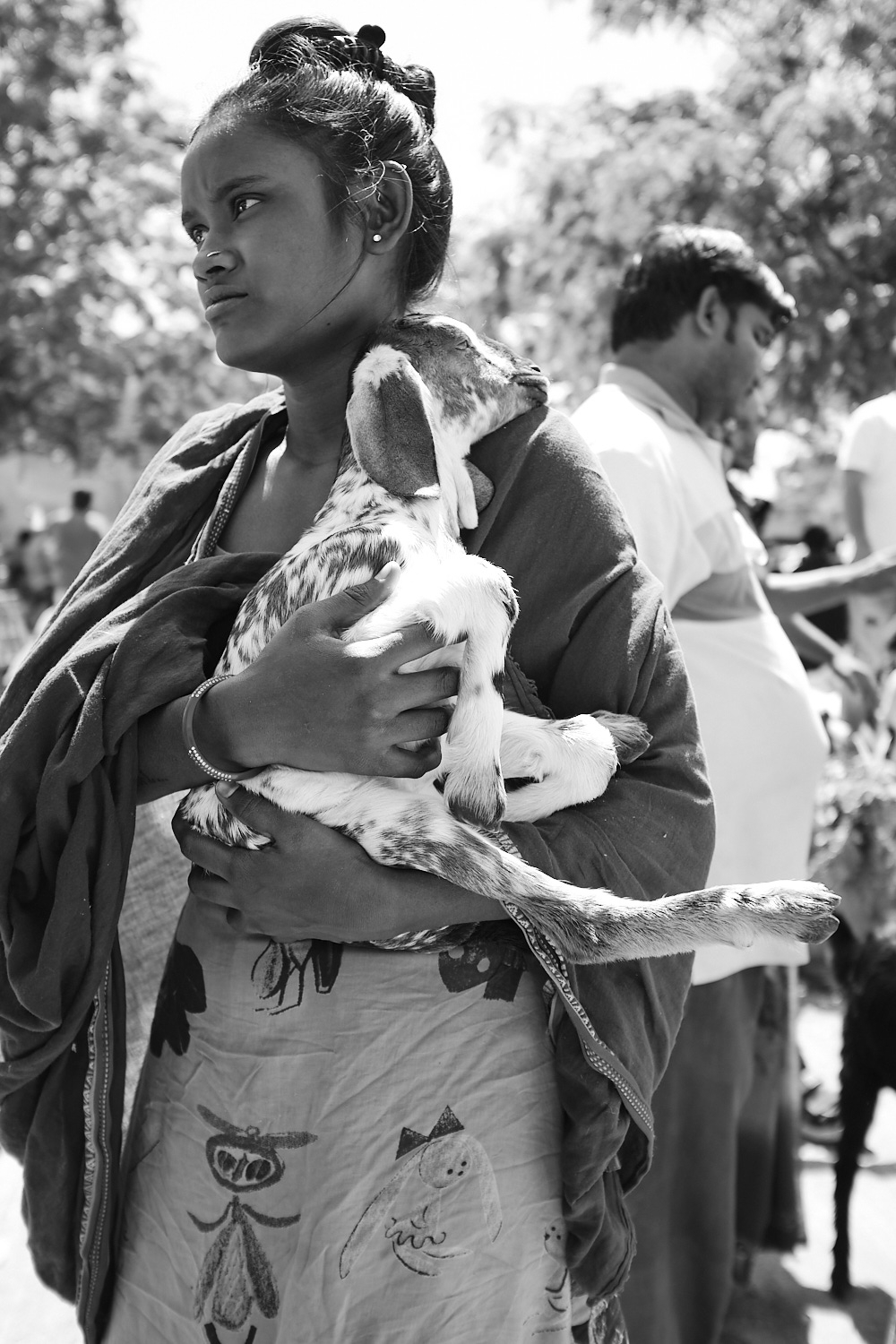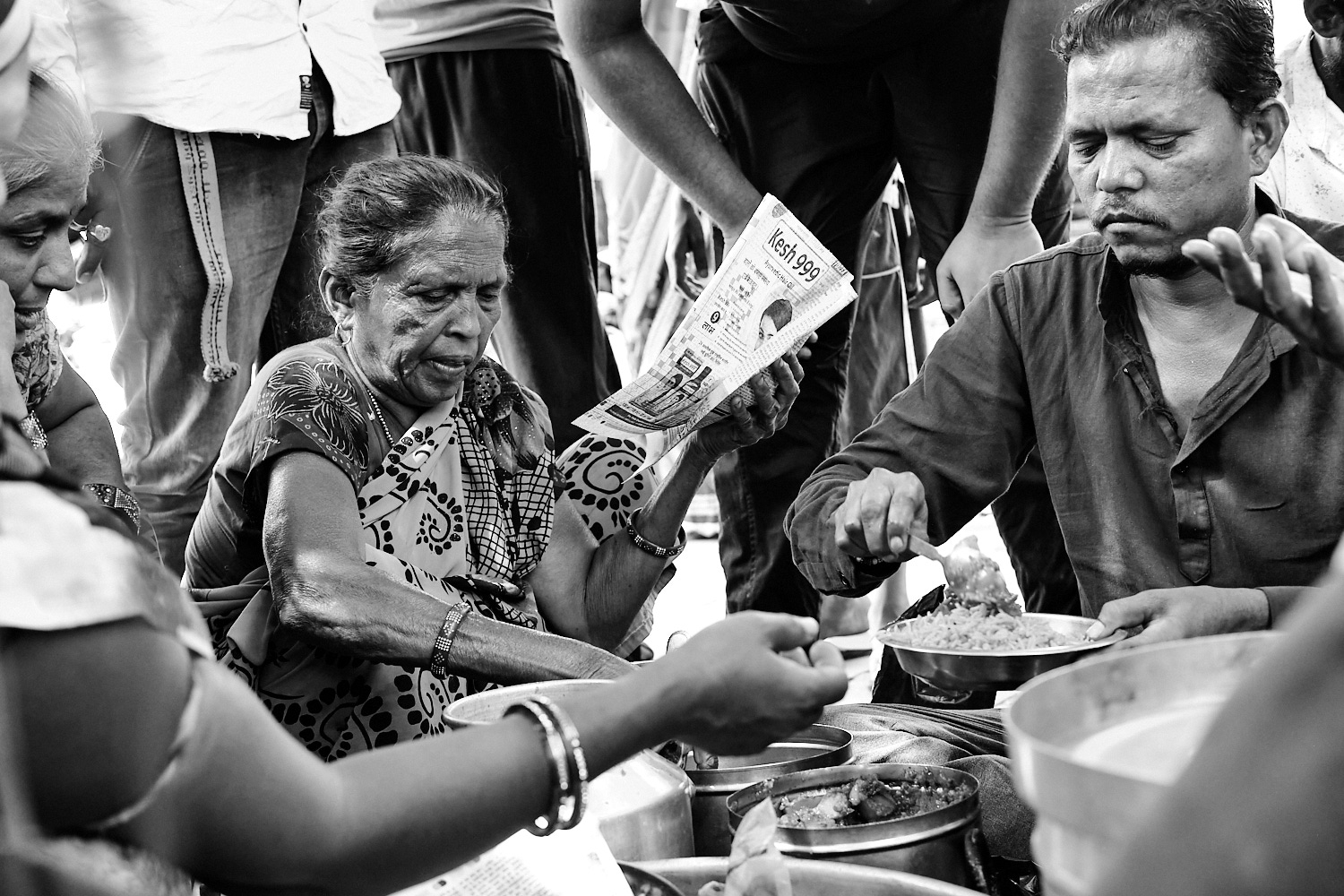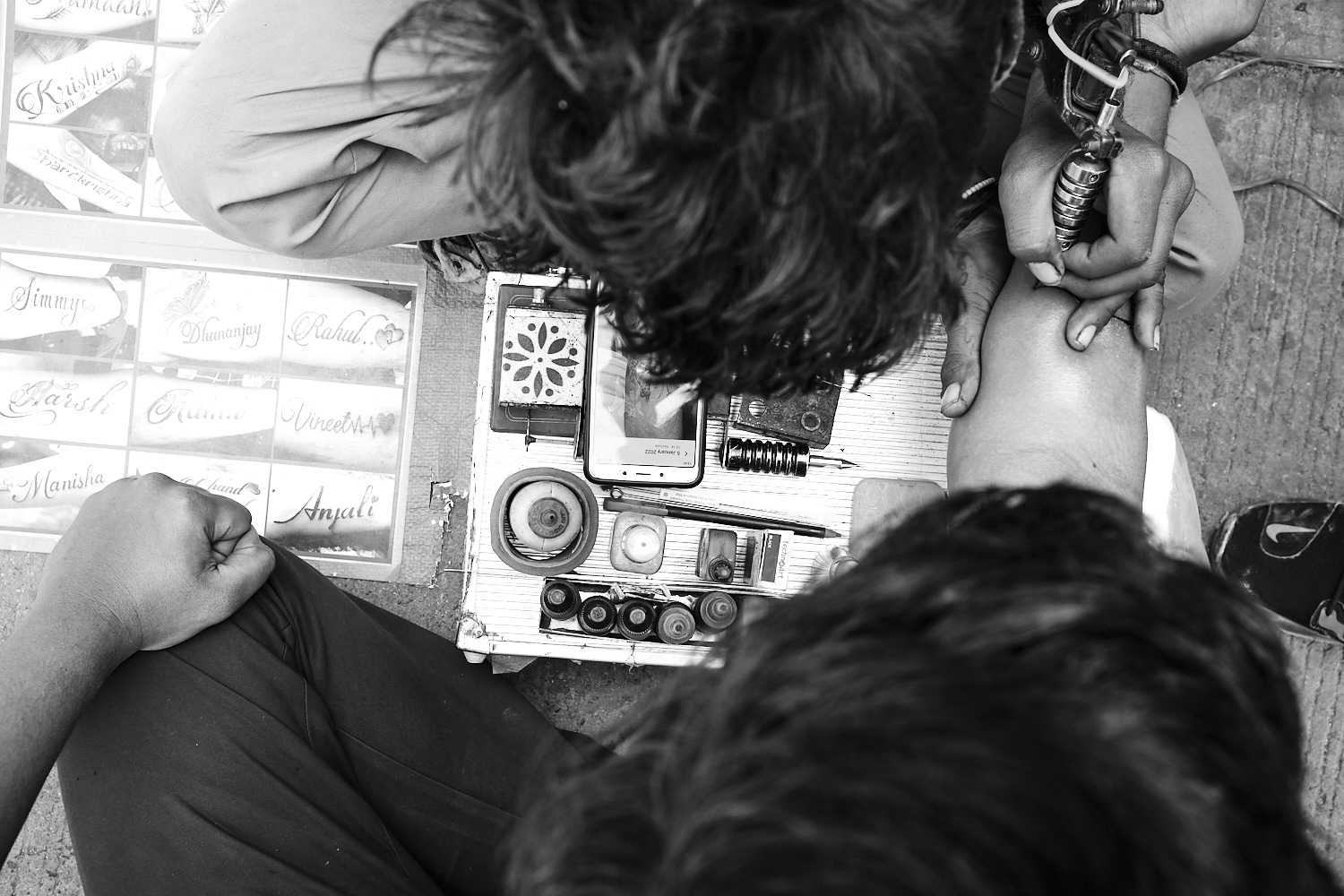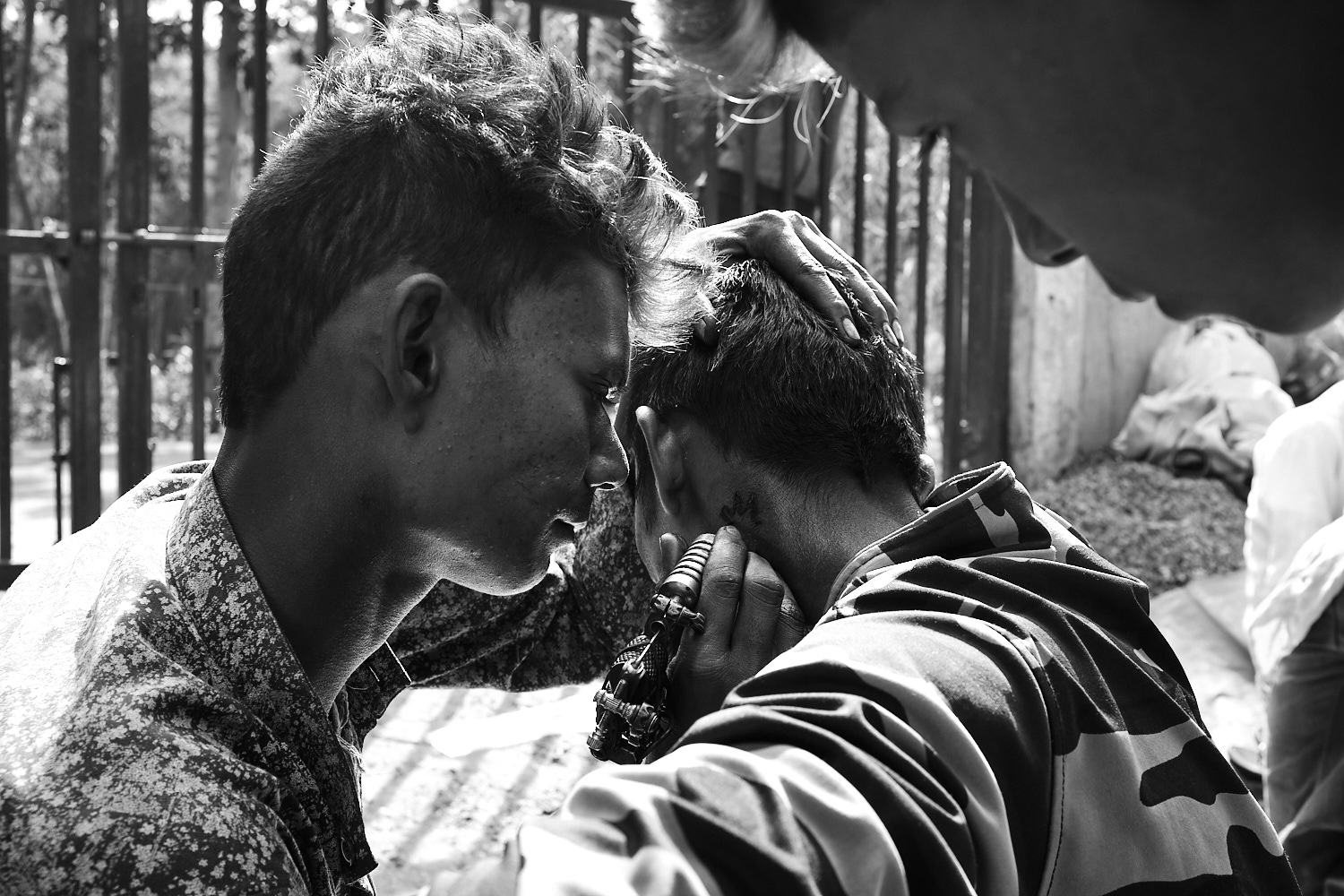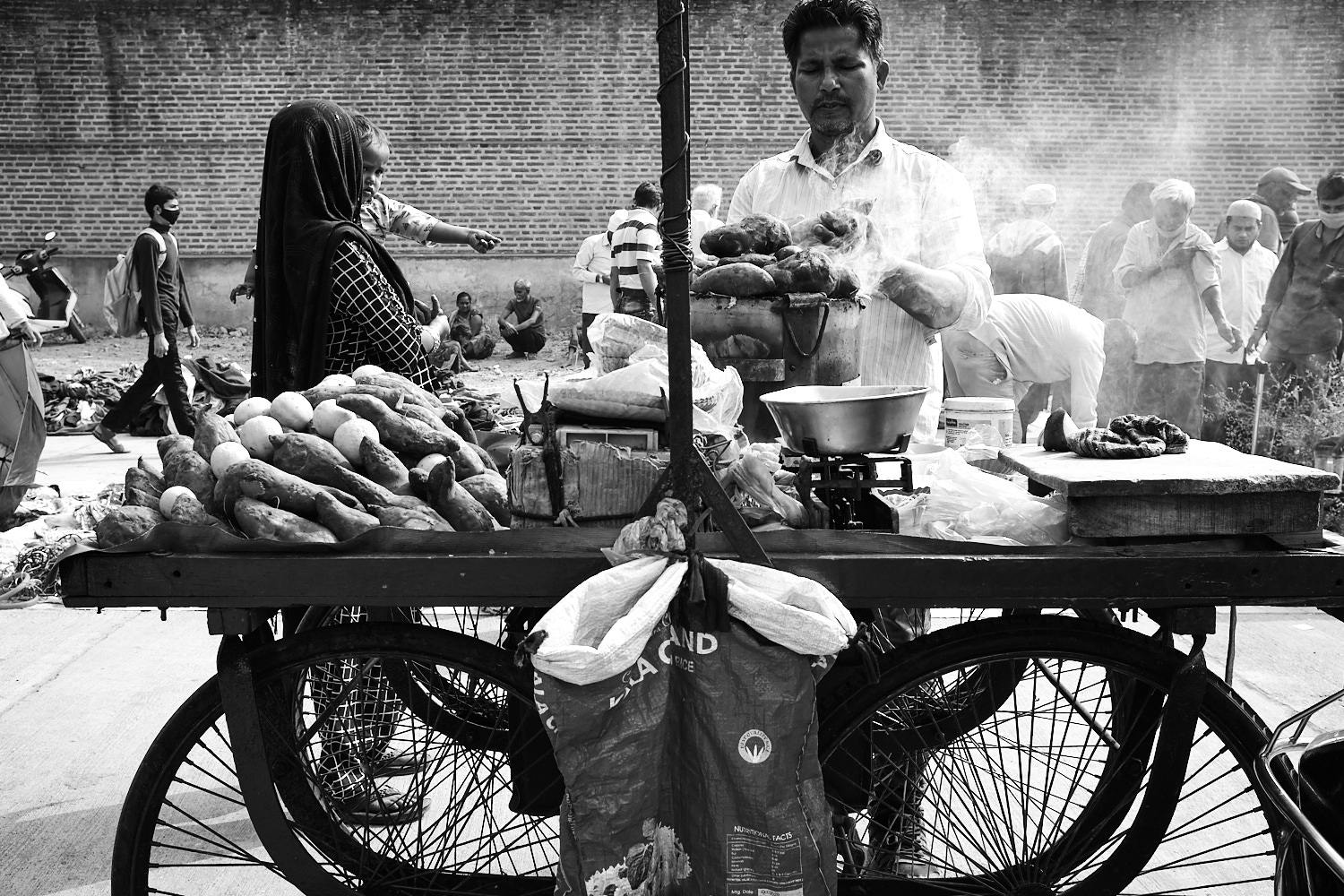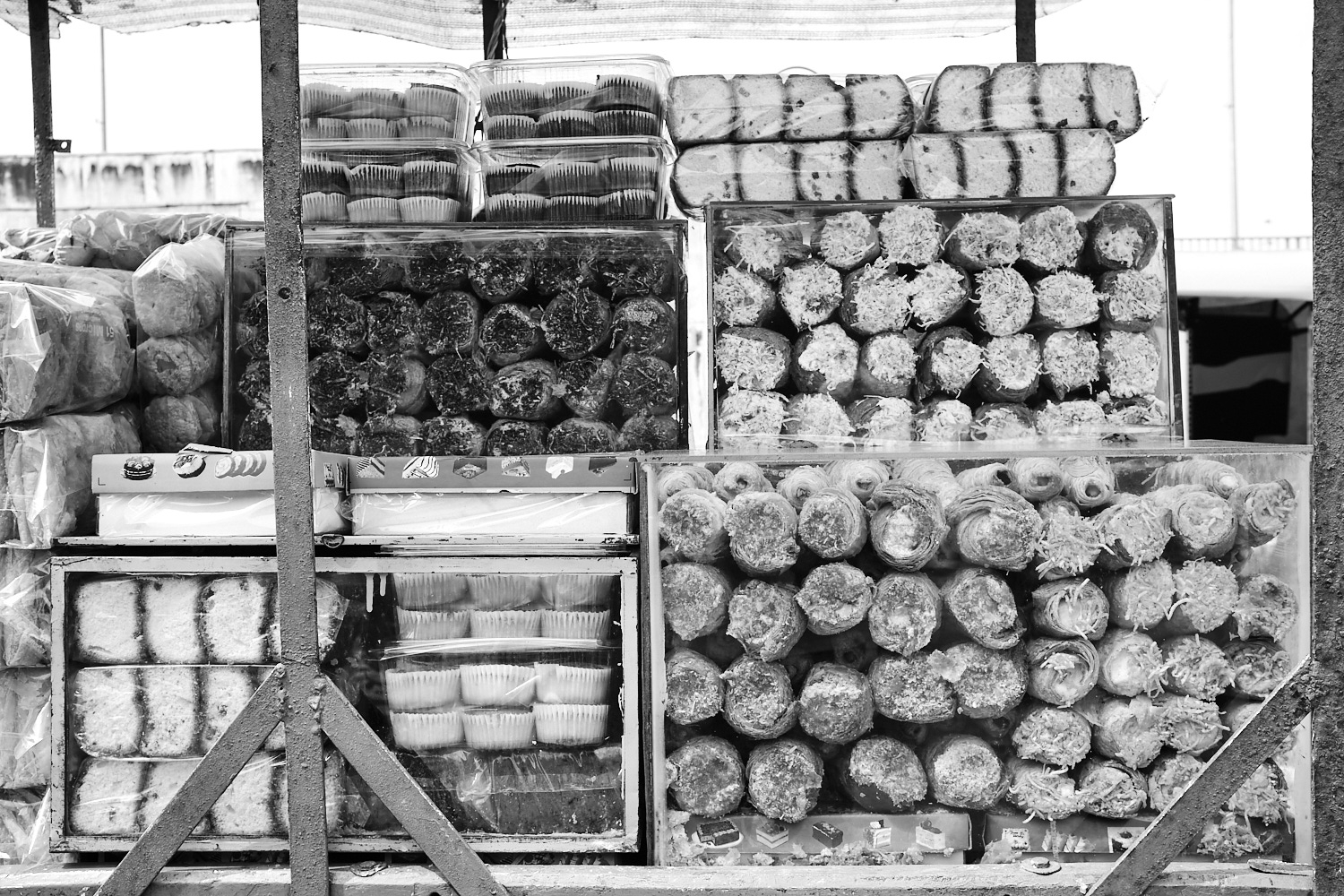Every Sunday, thousands of people flock to the eastern bank of river Sabarmati where a weekly market takes place near Ellis bridge. Known locally as Gujari bazaar or Ravivari bazaar – ravivar meaning Sunday in Gujarati – this weekly market has taken place for more than 600 years. In the past few decades, the wind of modernisation has swept through Ahmedabad but the Gujari market has stood strong – even as fancy air-conditioned malls failed to lure Ahmedabadis.
The weekly market founded in 1414 by Ahmed Shah – the founder of Ahmedabad – operated on Fridays and was called Khaas (special) Bazaar or Sukravari – Sukravar meaning Friday in Gujarati. Since its inception, the location of Gujari bazaar has shifted a few times. It was spread between Teen Darwaza and Bhadra fort at its inception. The market eventually moved near Sidi Saiyyed mosque – one of the most famous landmarks of Ahmedabad. In 1954, the bazaar was shifted to the riverbed where it still takes place parallel to the old city wall between Ellis bridge and Sardar bridge.
The development of Sabarmati riverfront project once threatened the market with eviction from its current location for the ‘beautification’ of the riverbanks. Although the shift did not happen, Gujari bazaar did change to its current form that appears more organised, to say the least. Many vendors now have elevated concrete platforms to host their shops. Visitors have more walking area and ample parking space. Public toilets are also present. With the development of the project, however, Gujari bazaar has also received a new identity – now it’s called Riverfront market.
Referred to as Ahmedabad’s chor bazaar (thieves market) by some, Gujari bazaar has always been associated with used items – the word ‘gujari’ itself means ‘second-hand.’ Slowly walk around the market and you should know why it’s called ‘gujari’ bazaar. Most vendors sell used goods, although you can also find some items new. Many products sold new are crafted by the vendors themselves.
“What exactly can you buy at Gujari bazaar?” That question requires you to visit it yourself and see. Antiques, books, cameras, watches, electronics, computer parts, cellphones, radios and TVs, clothes, beauty products and toiletries, perfumes, furniture, home decor, kitchenware, toolkits, gym equipments, and spare parts are some items that are usually up for sale and are popular among buyers. Looking for an old typewriter or a working gramophone? You might get lucky at Ravivari. The last section – which is also the busiest section – of the market caters to people interested in trading animals and birds like goats, sheep, rabbits, pigeons, chickens, and cocks. Ask around, look closely and you might find what you are looking for.
Regular shoppers, students, collectors, photographers, and curious tourists – Gujari bazaar sure attracts everyone. Over the many visits in the past few years, I have observed the thriving Gujari bazaar of Ahmedabad. I have also been a shopper there, finding some old analogue cameras among other things that interested me. If you visit Gujari bazaar, you should know a few things – take good care of your valuables, don’t shy away from bargaining hard – it’s accepted and expected, and pay at least one more visit.
This project started post ‘lockdown’ in late 2020. I had just returned from Nepal and visited the Gujari bazaar one Sunday, making a deal to buy a camera next week. Within that week, the situation started getting worse, forcing the closure of the market indefinitely. On my visit to the market following Sunday – unaware of its closure – I saw this vast open space, waiting silently to welcome people once again. When the market re-opened, I began photographing it, in an effort to preserve the chaotic beauty of this bustling market in pictures. This project is a part of my another ongoing project – Portrait of A City: Ahmedabad.
Years: 2020 – Ongoing
